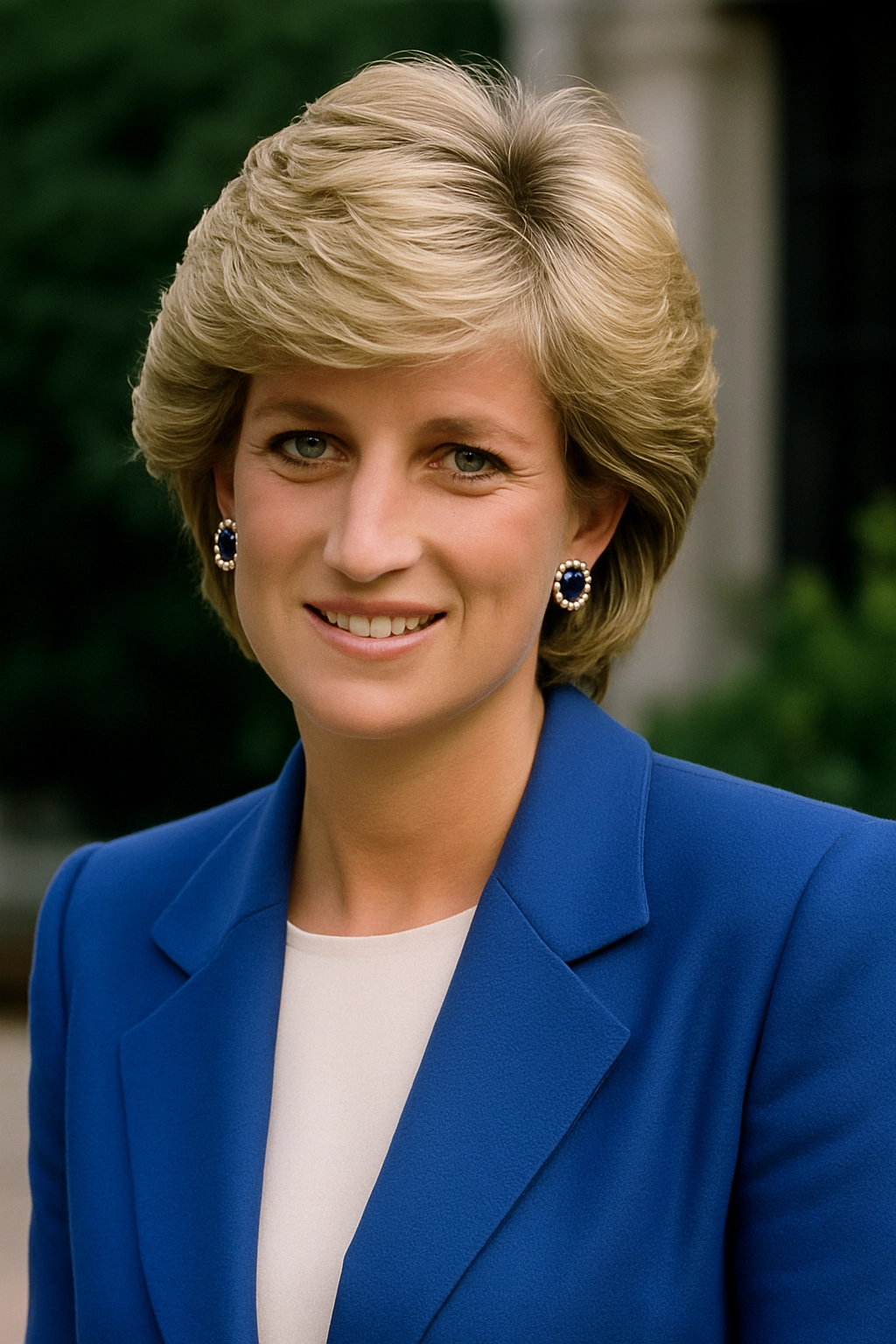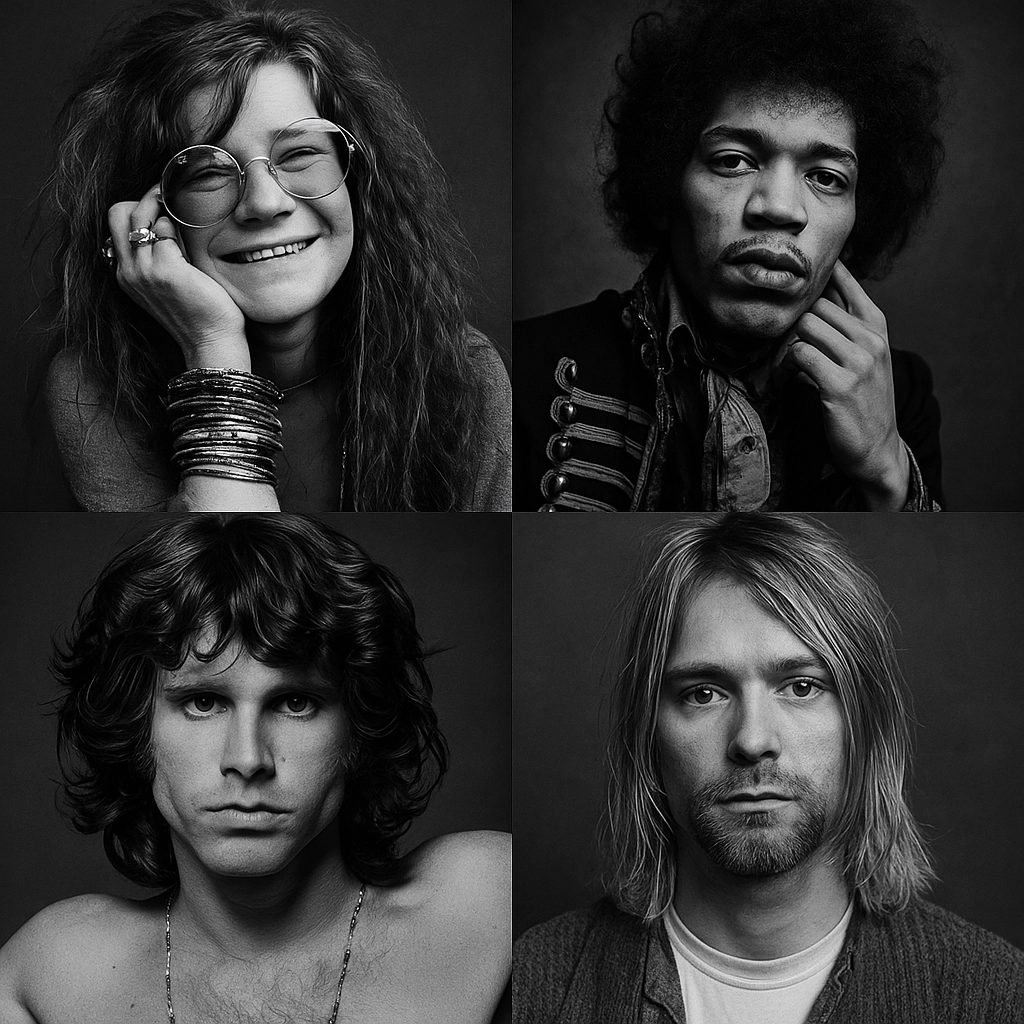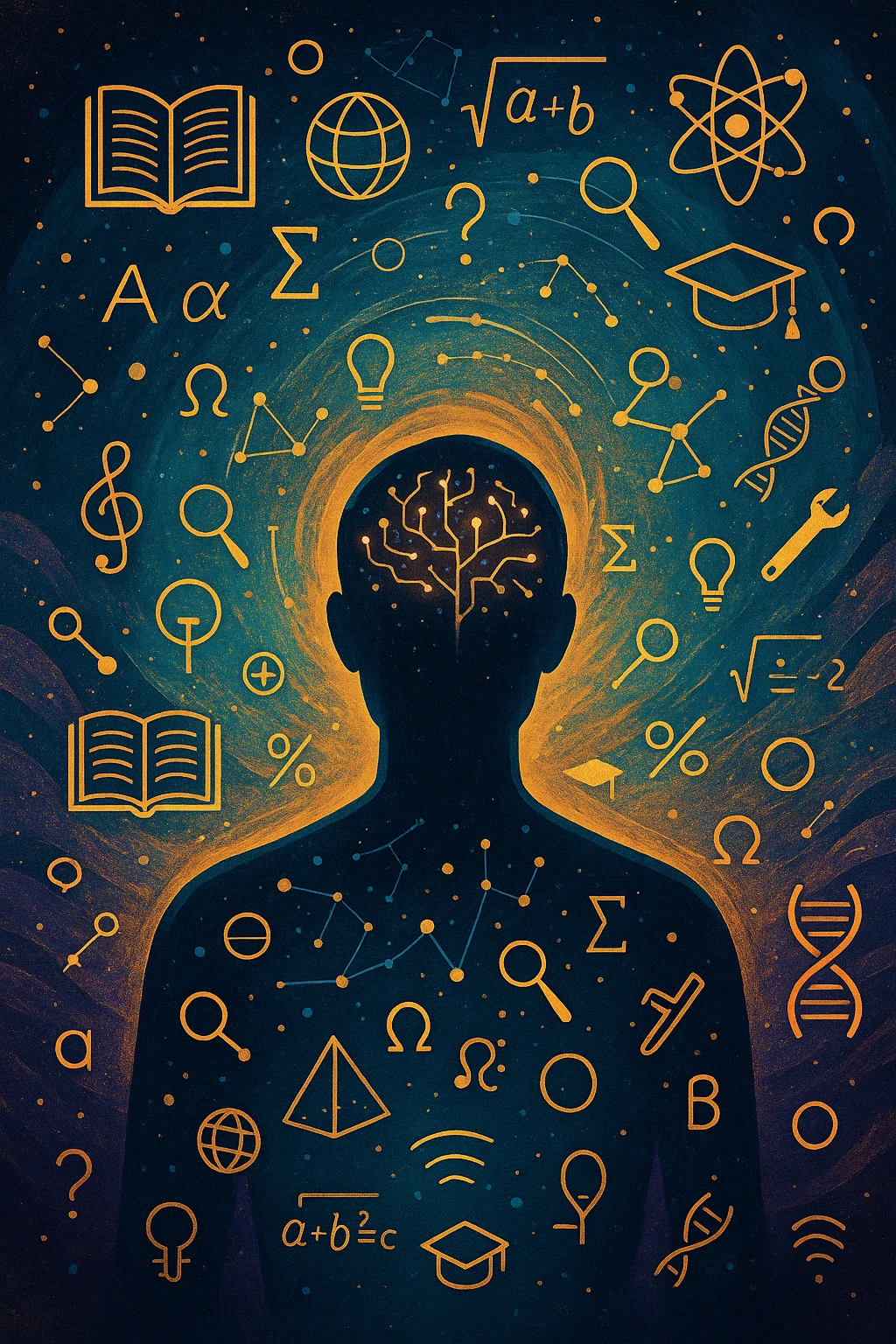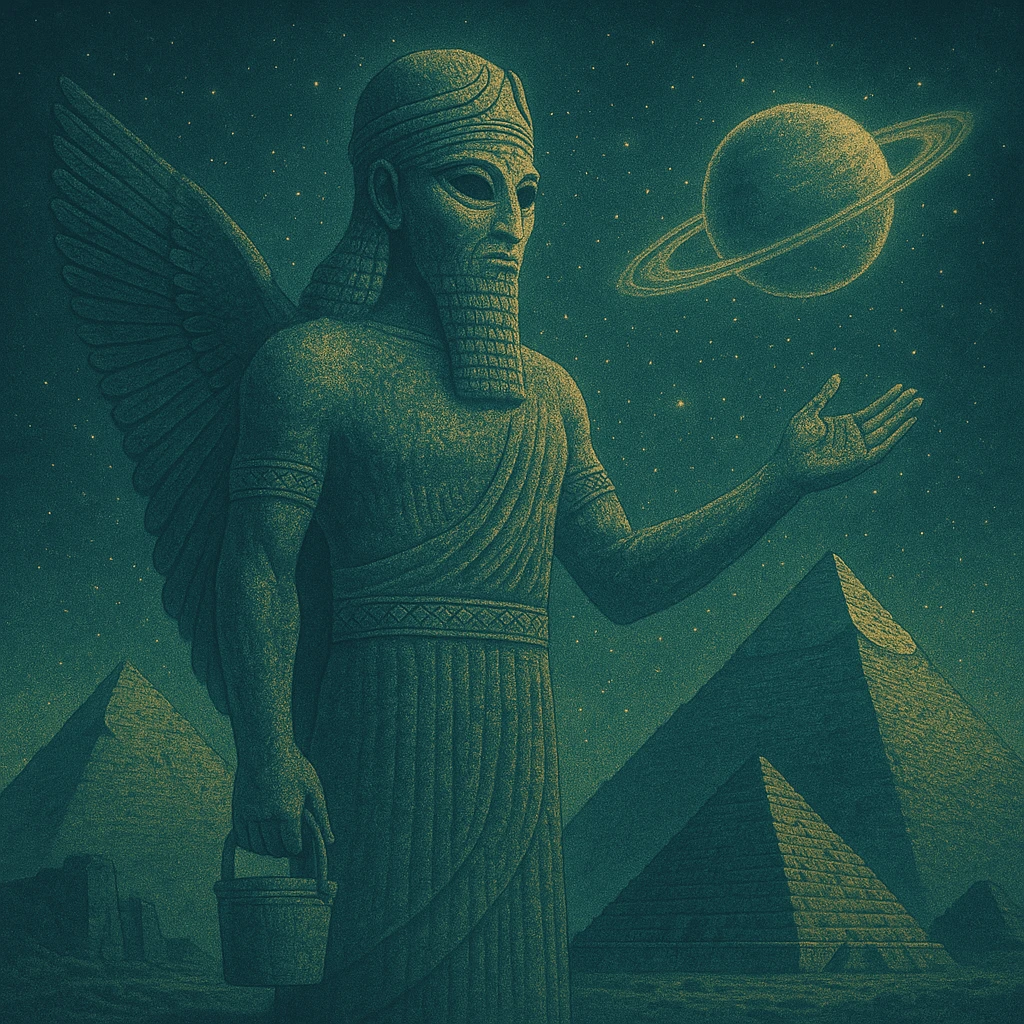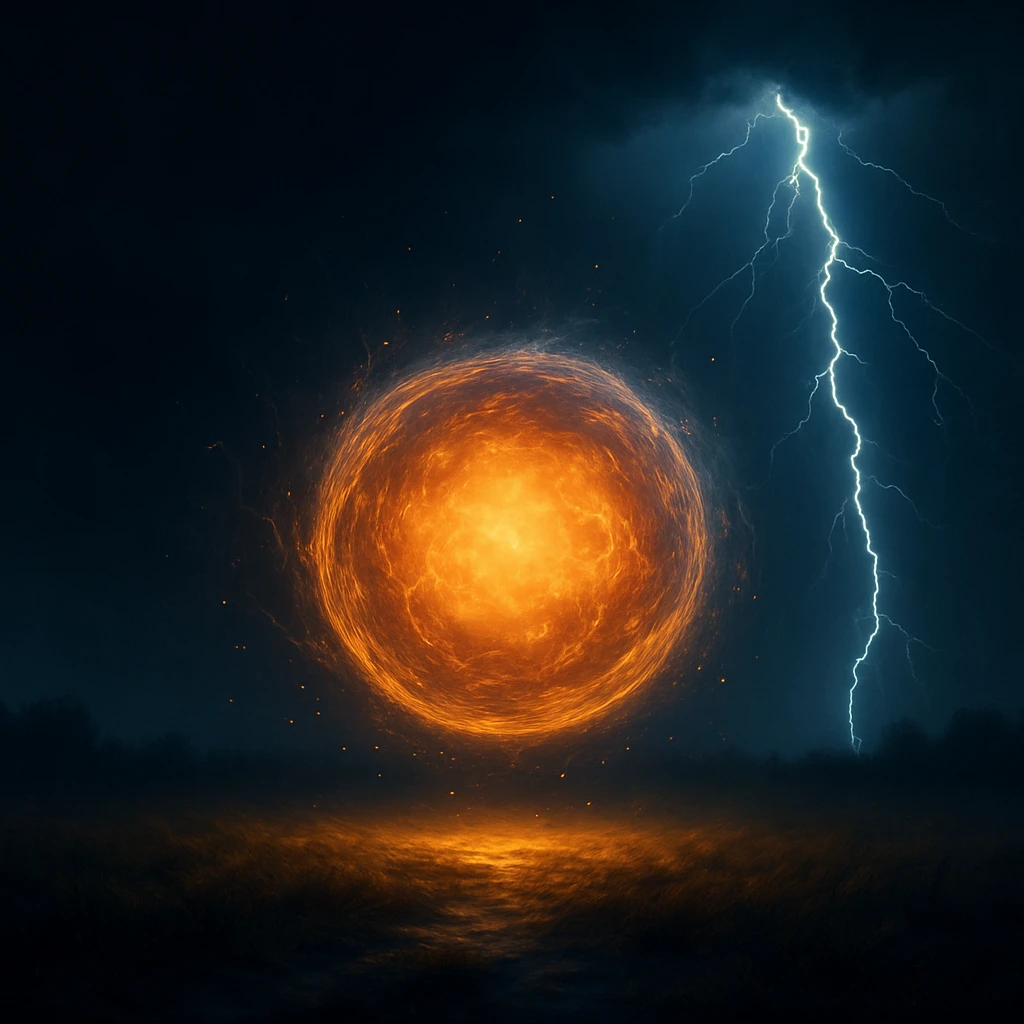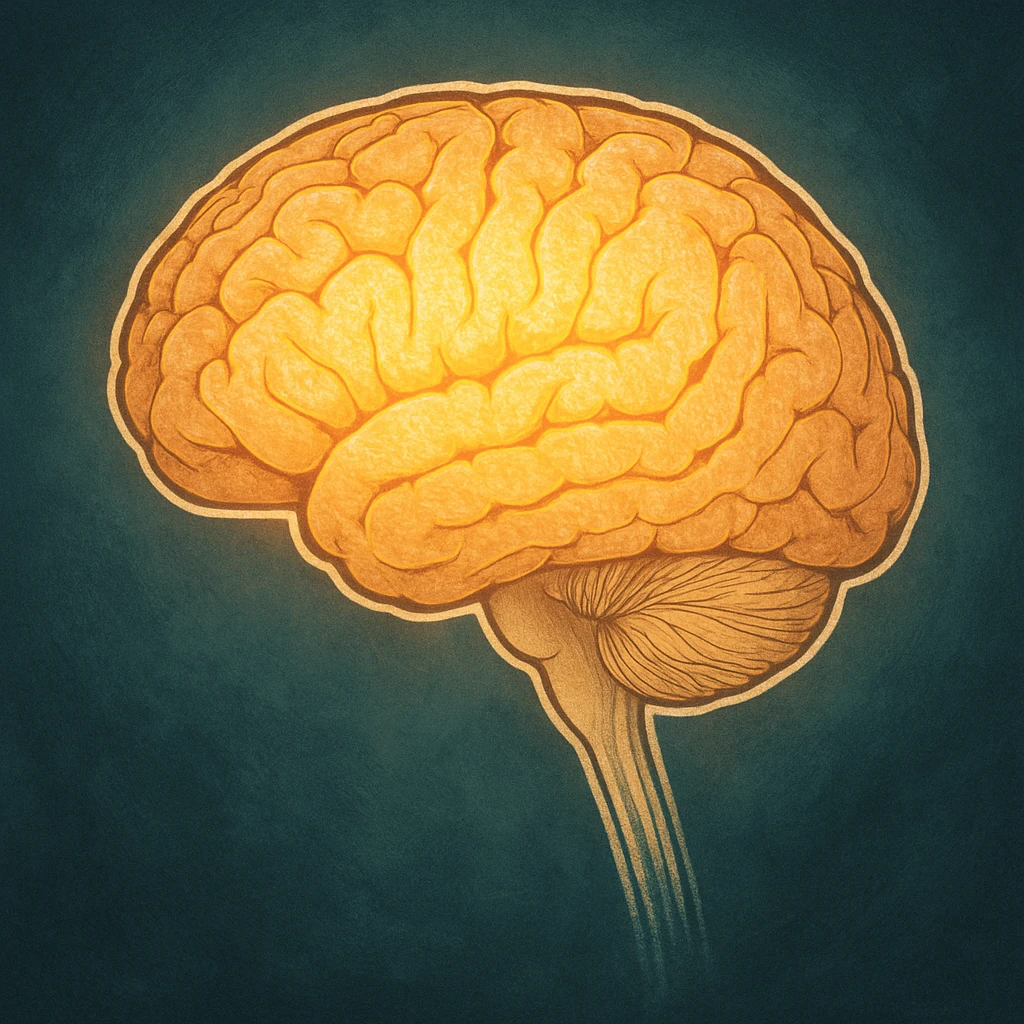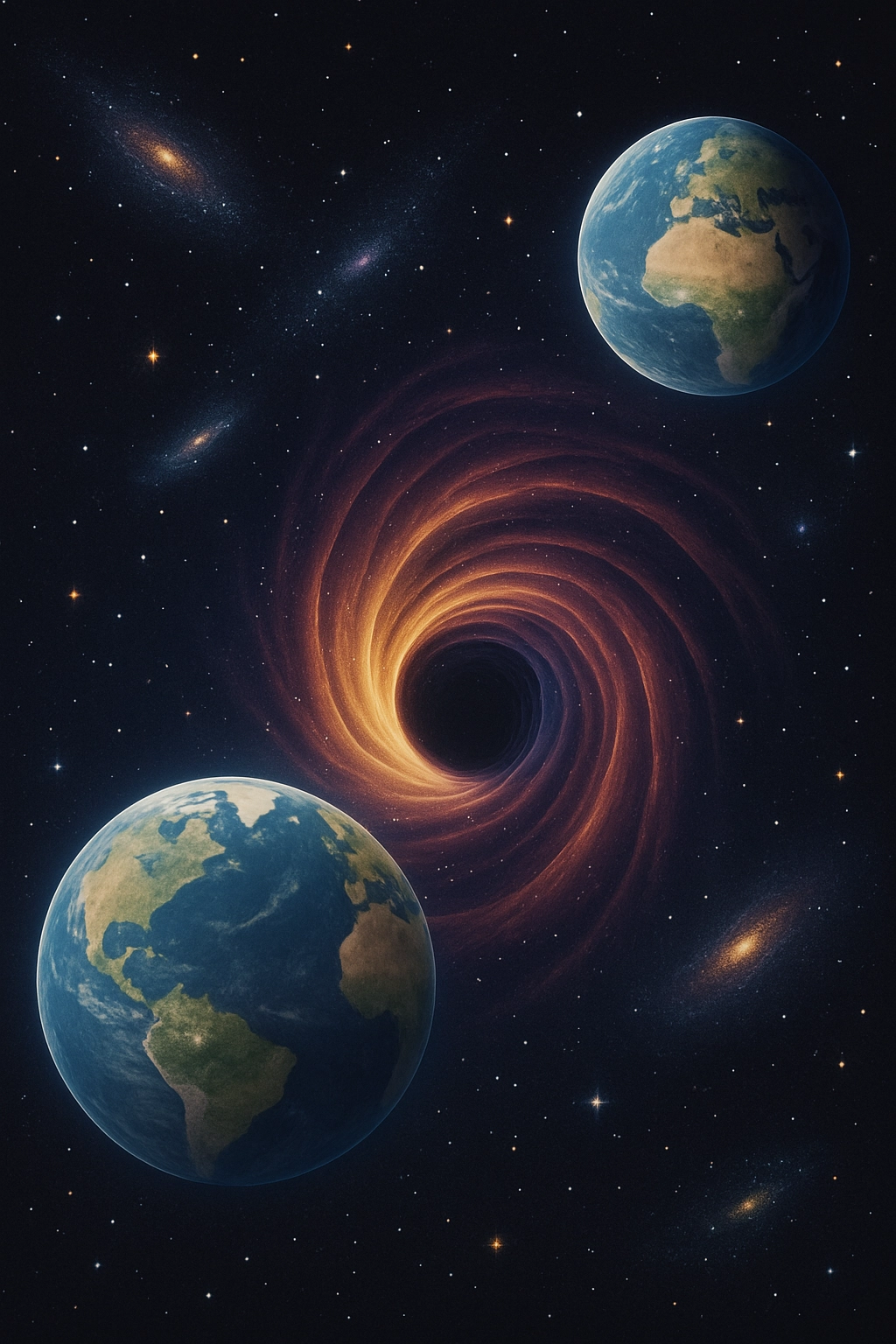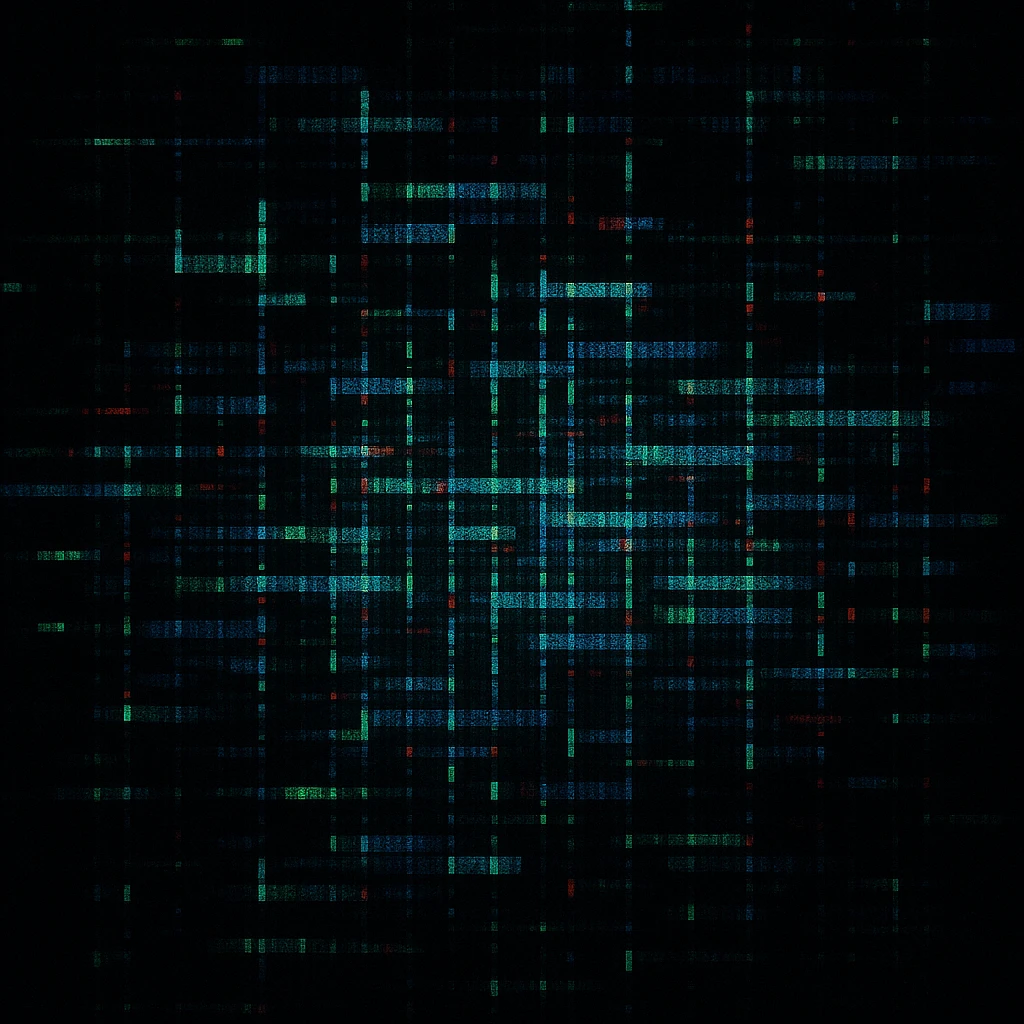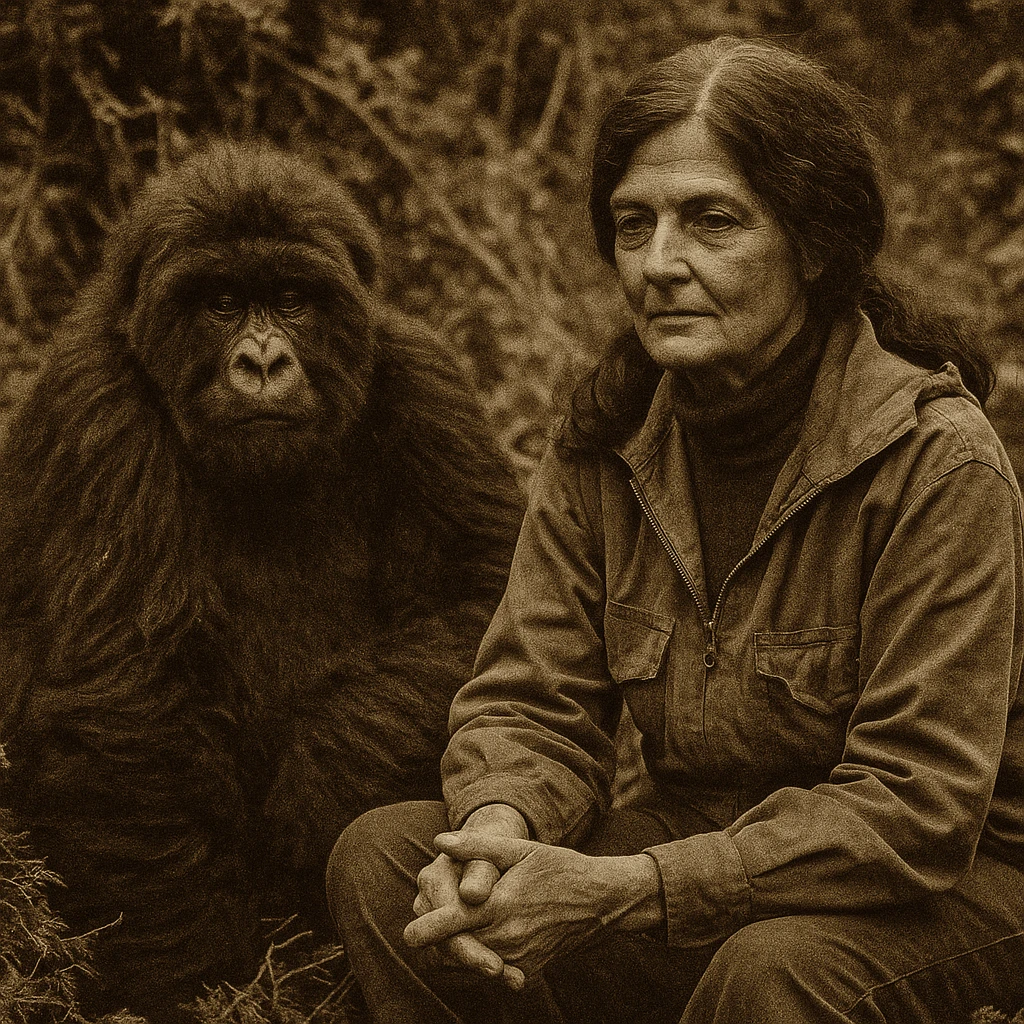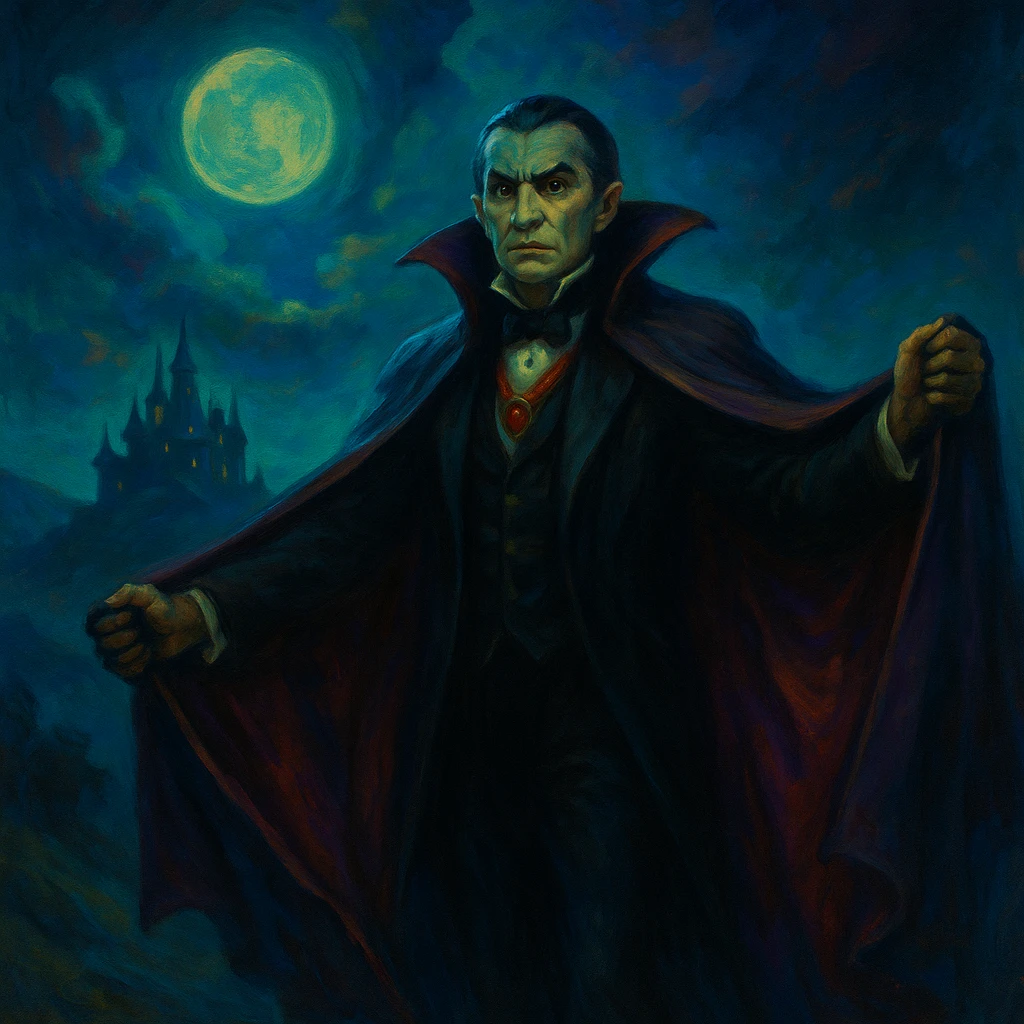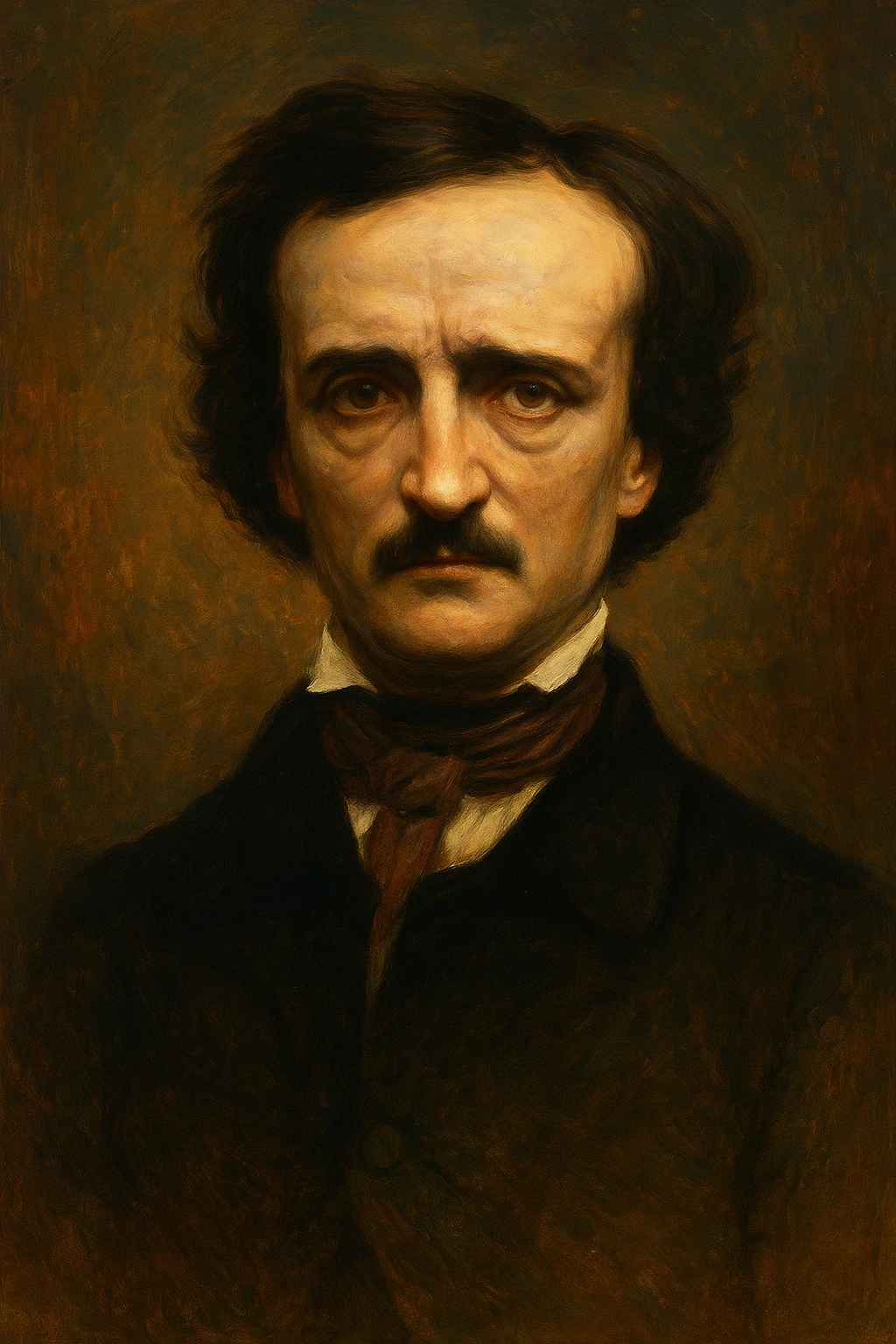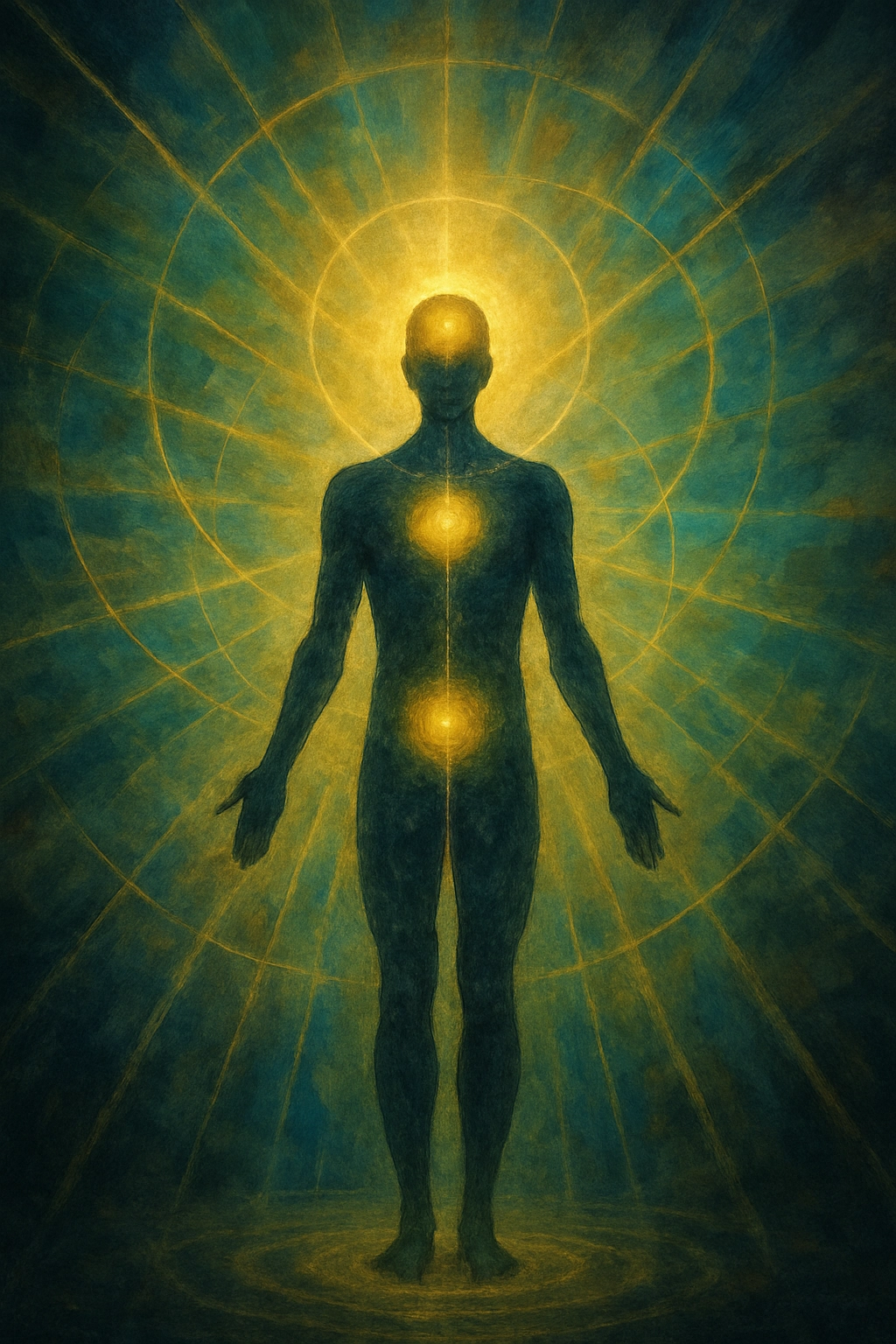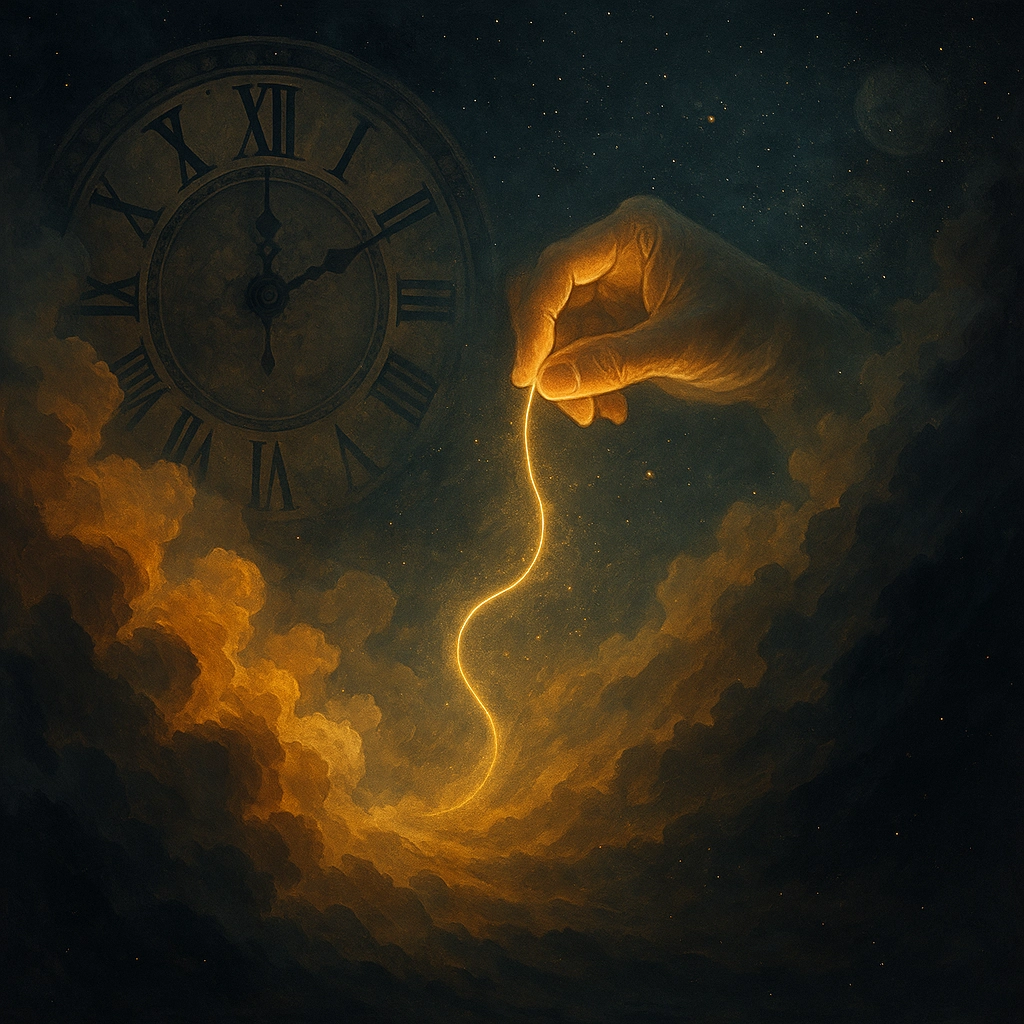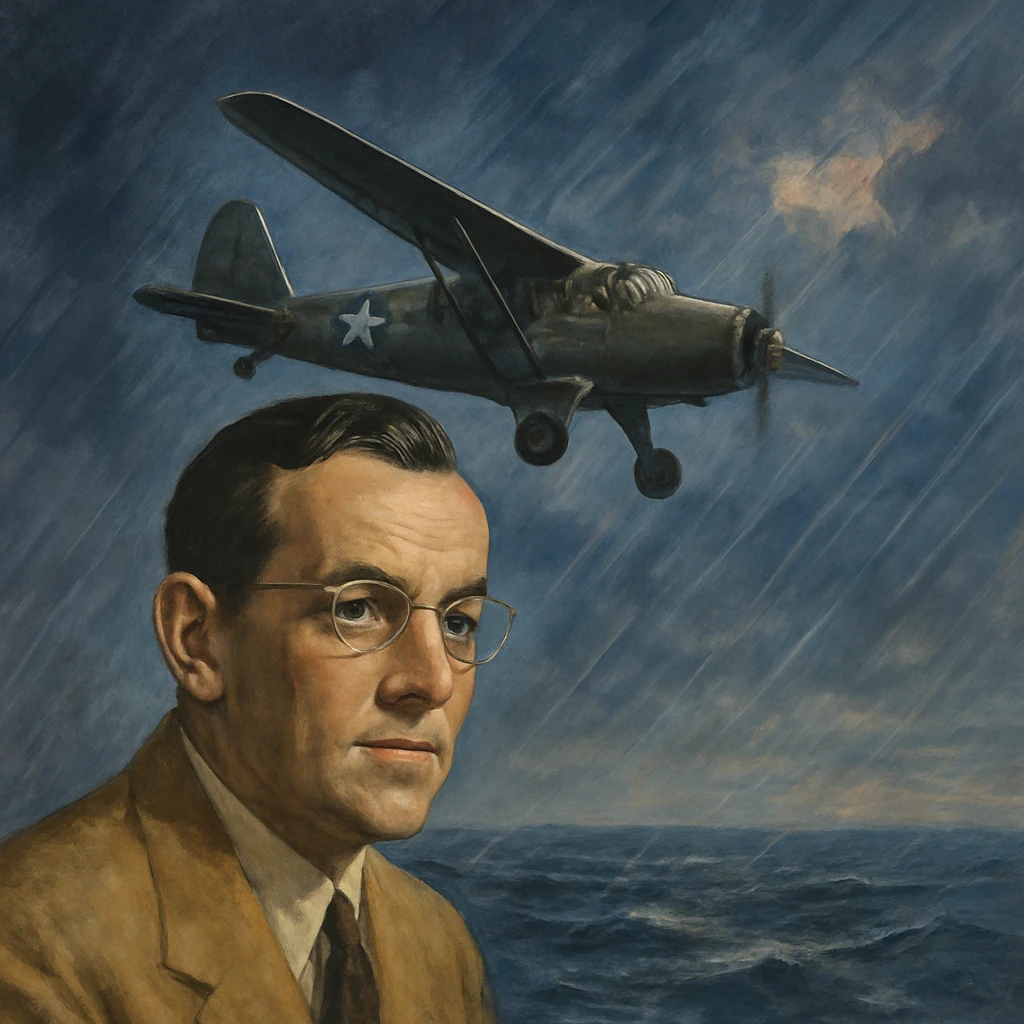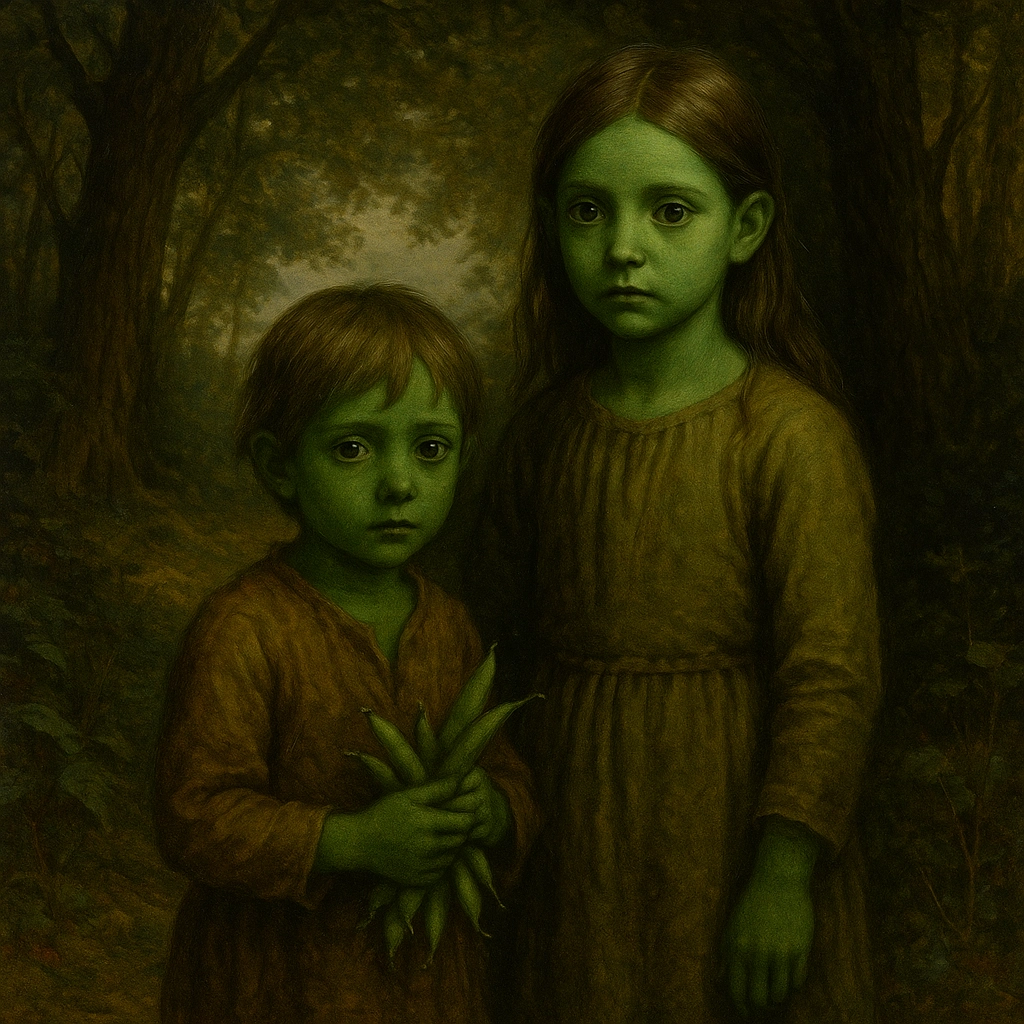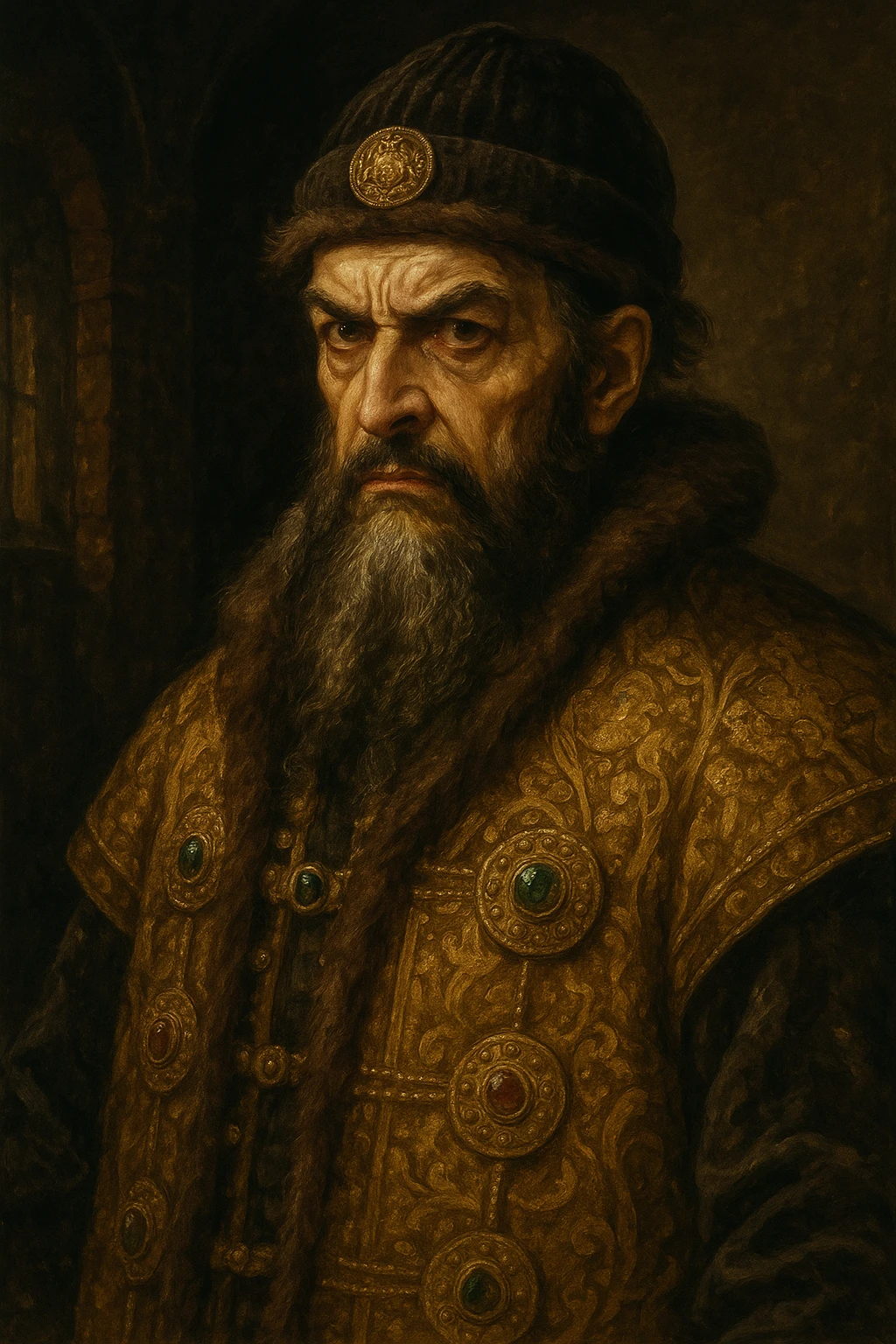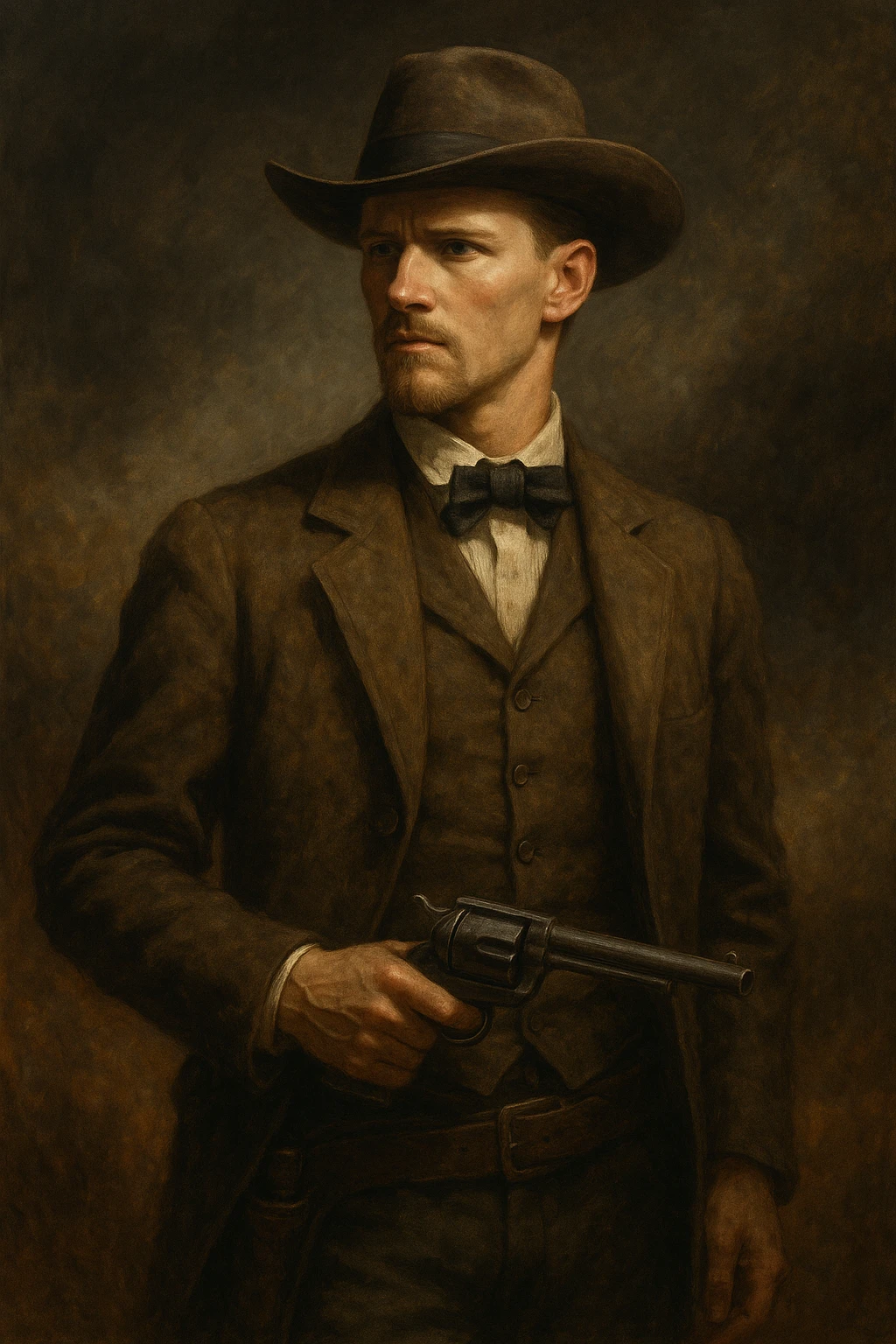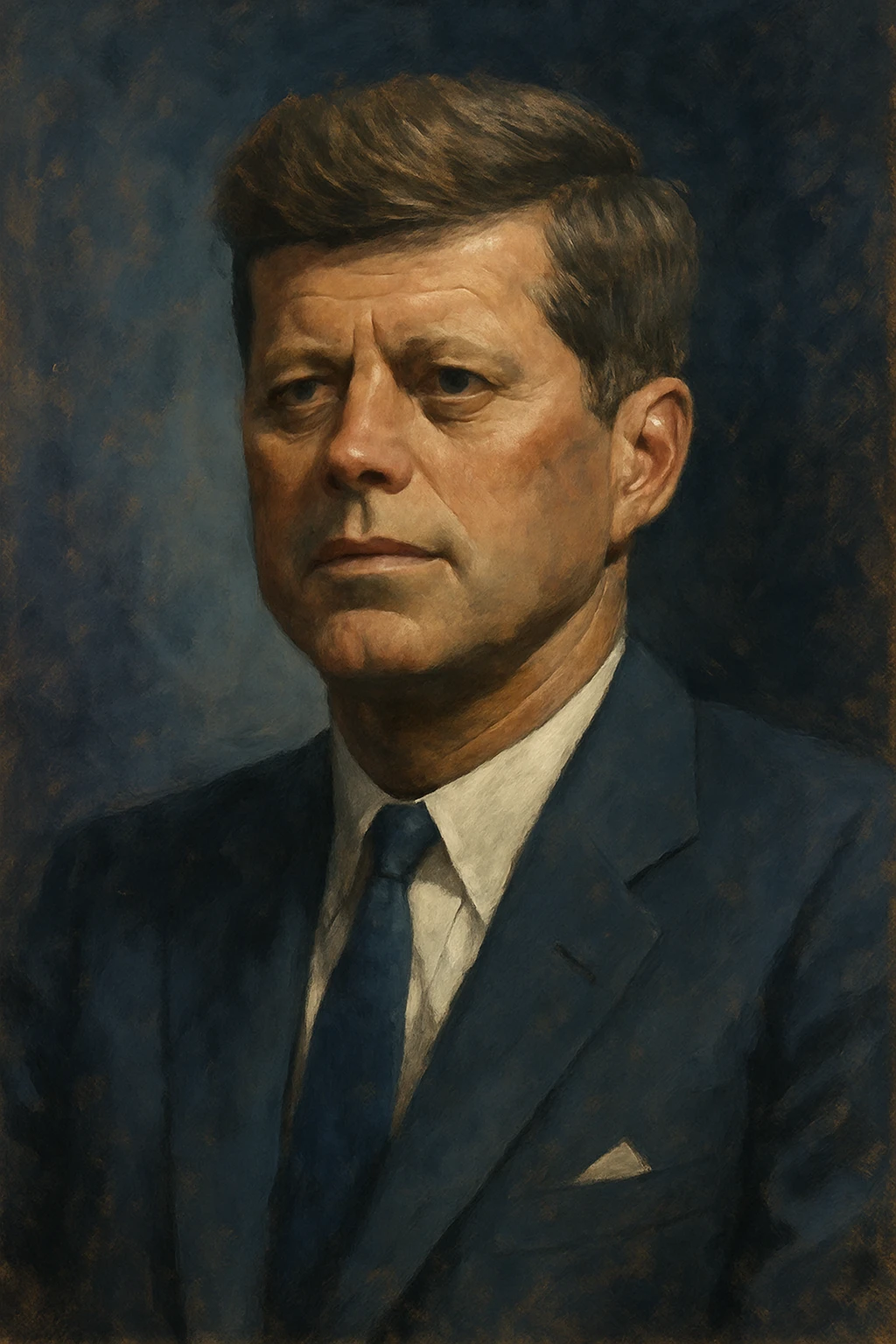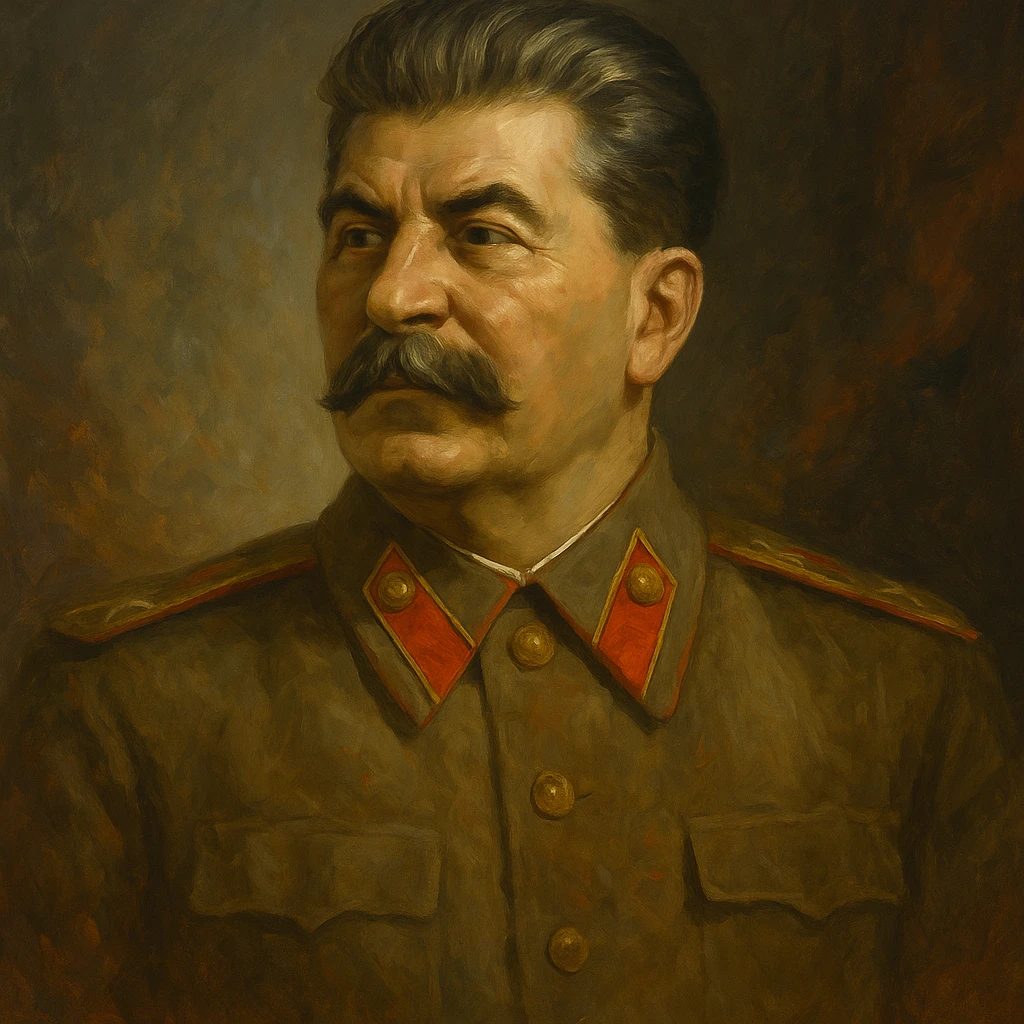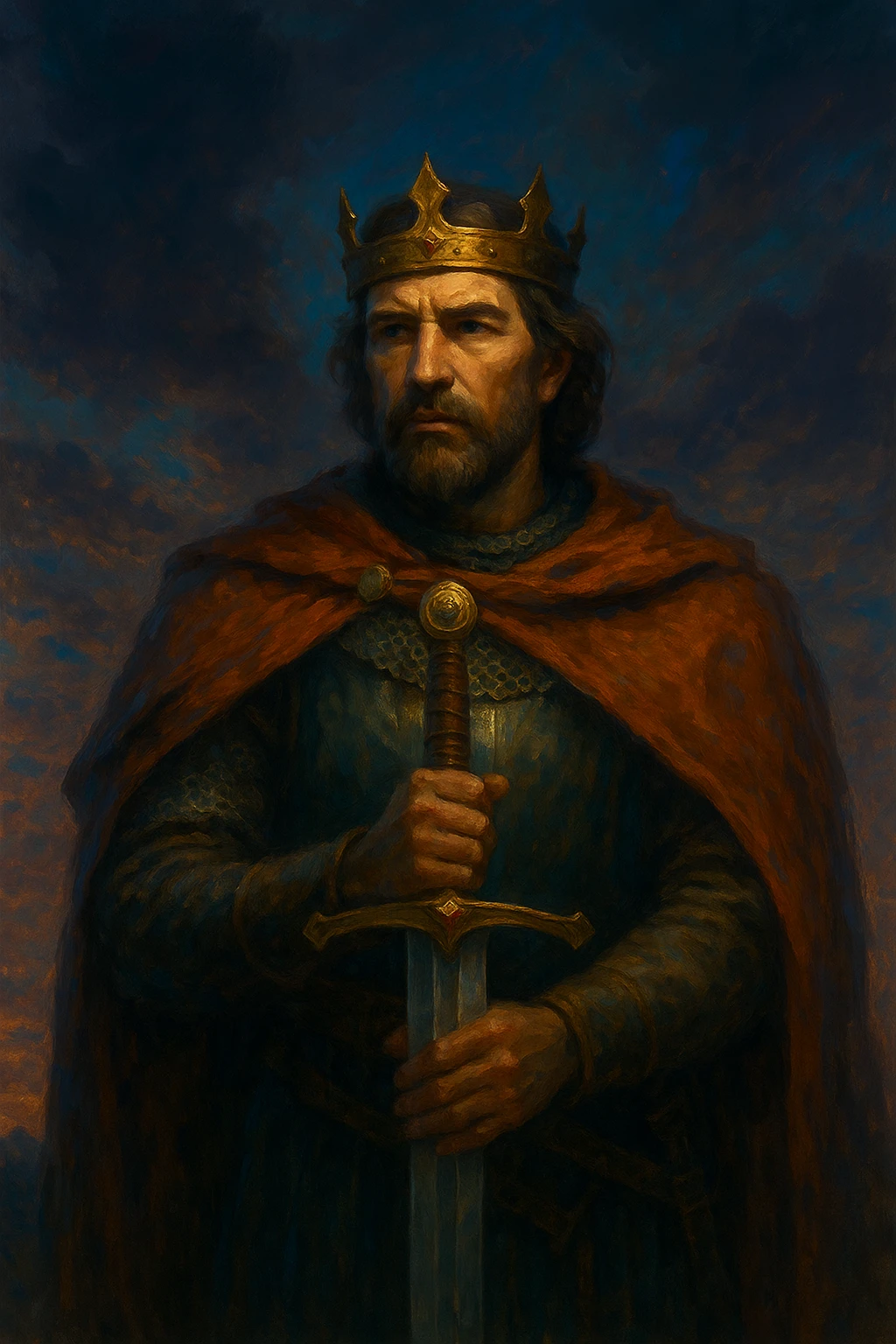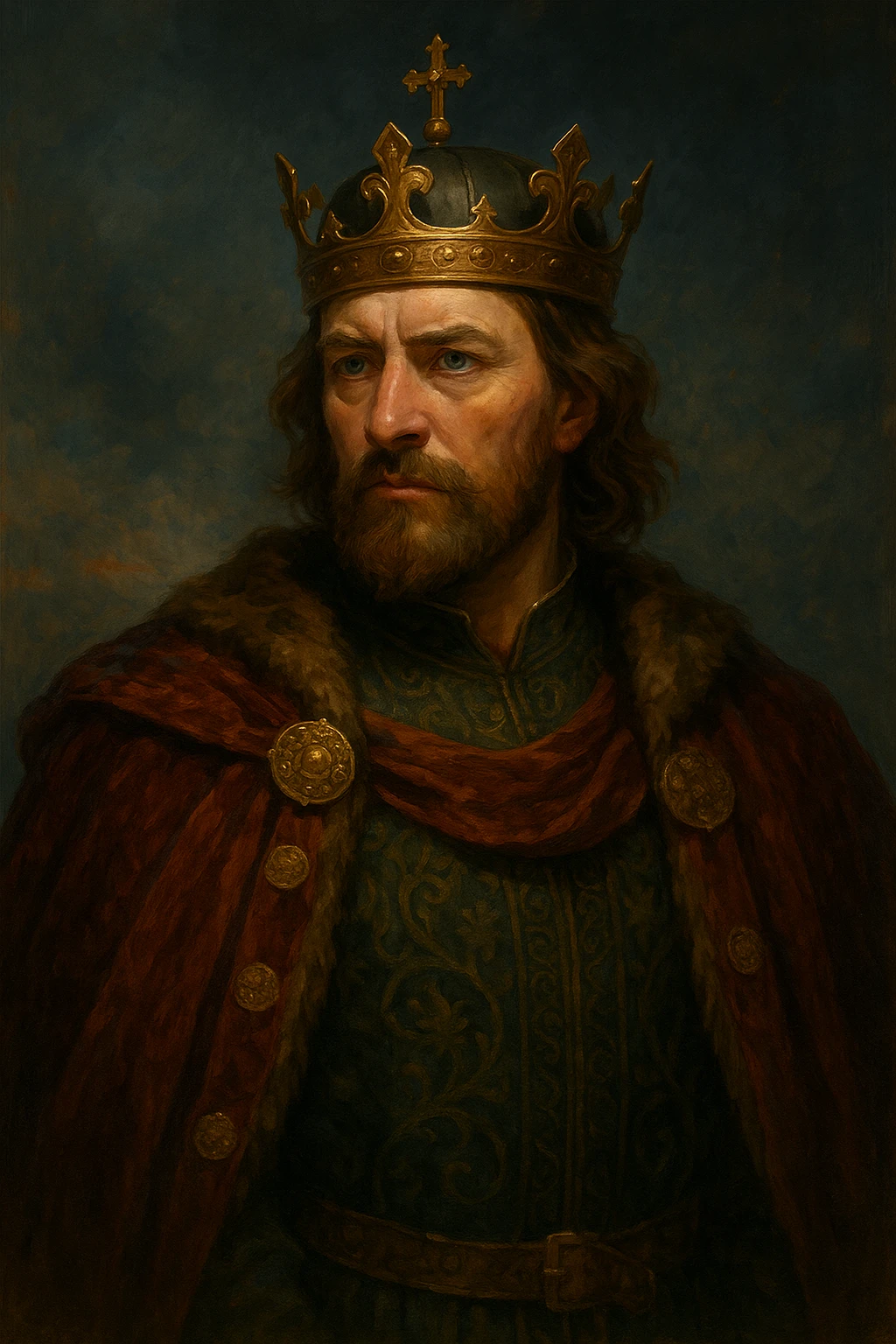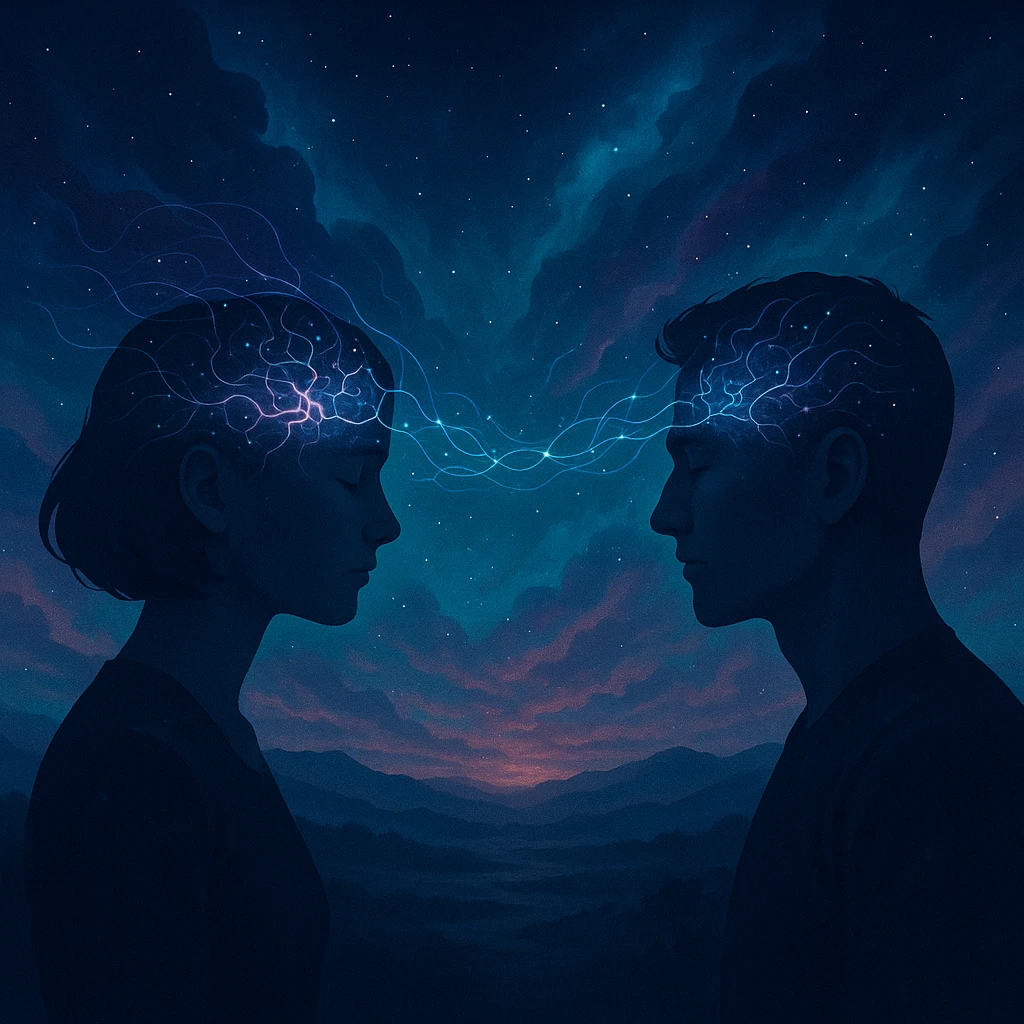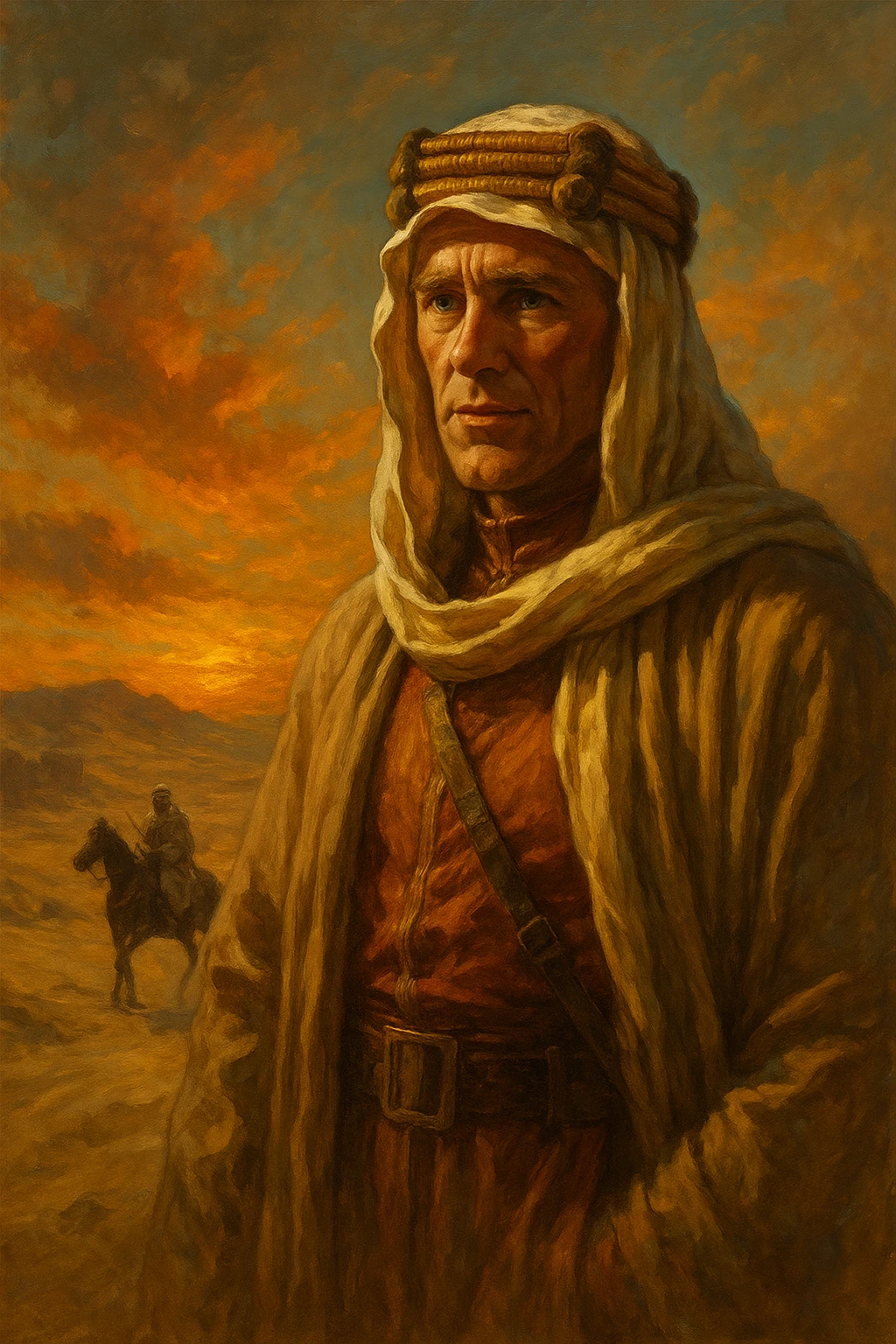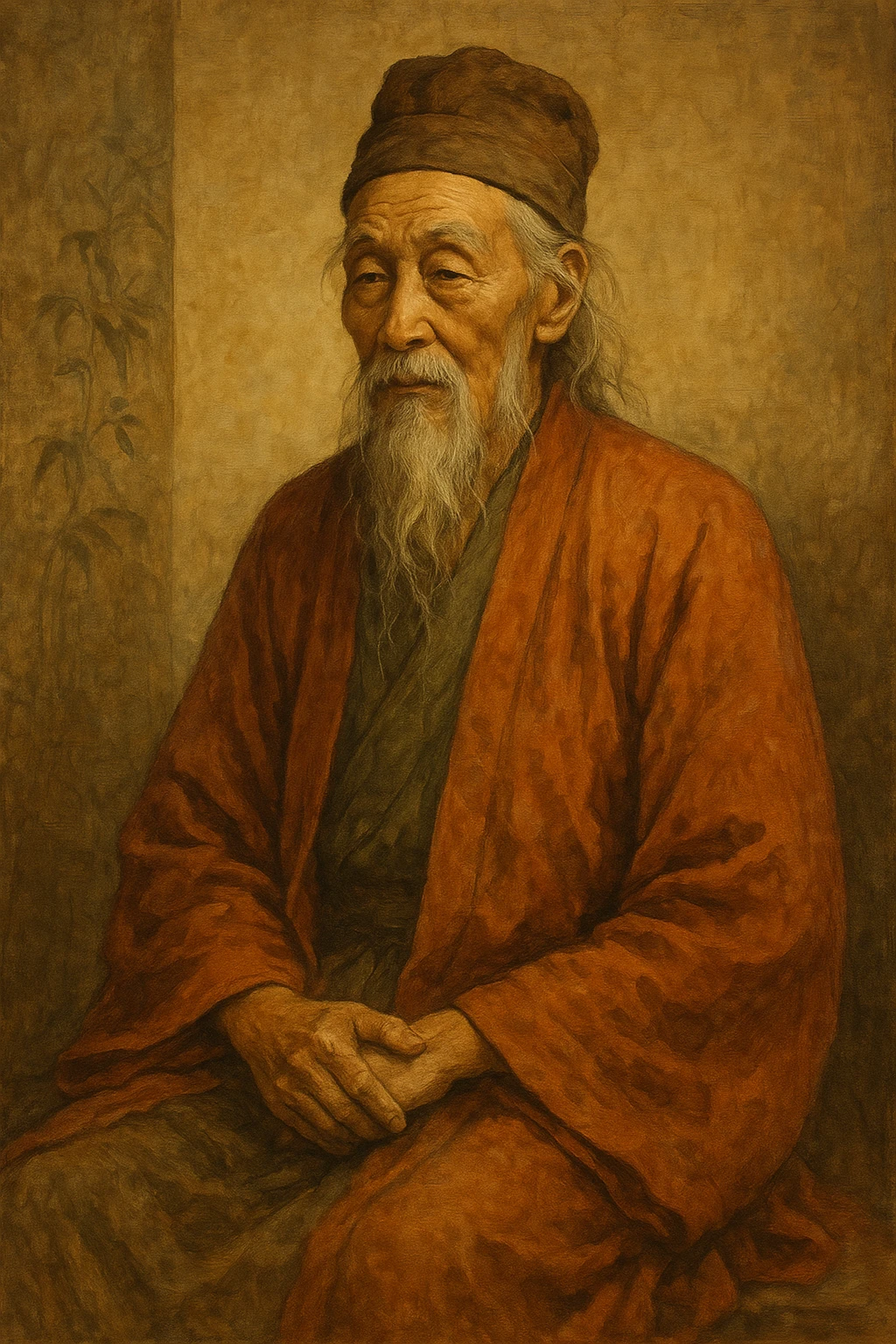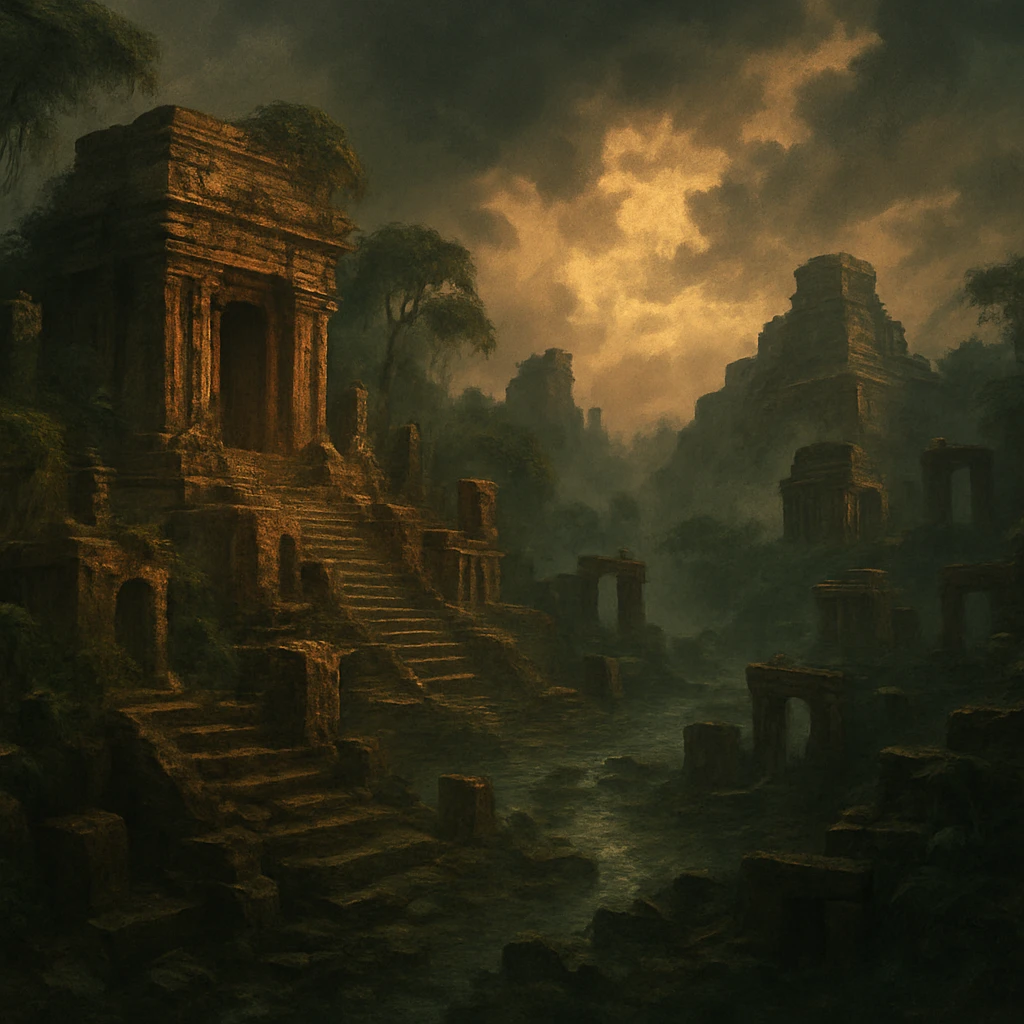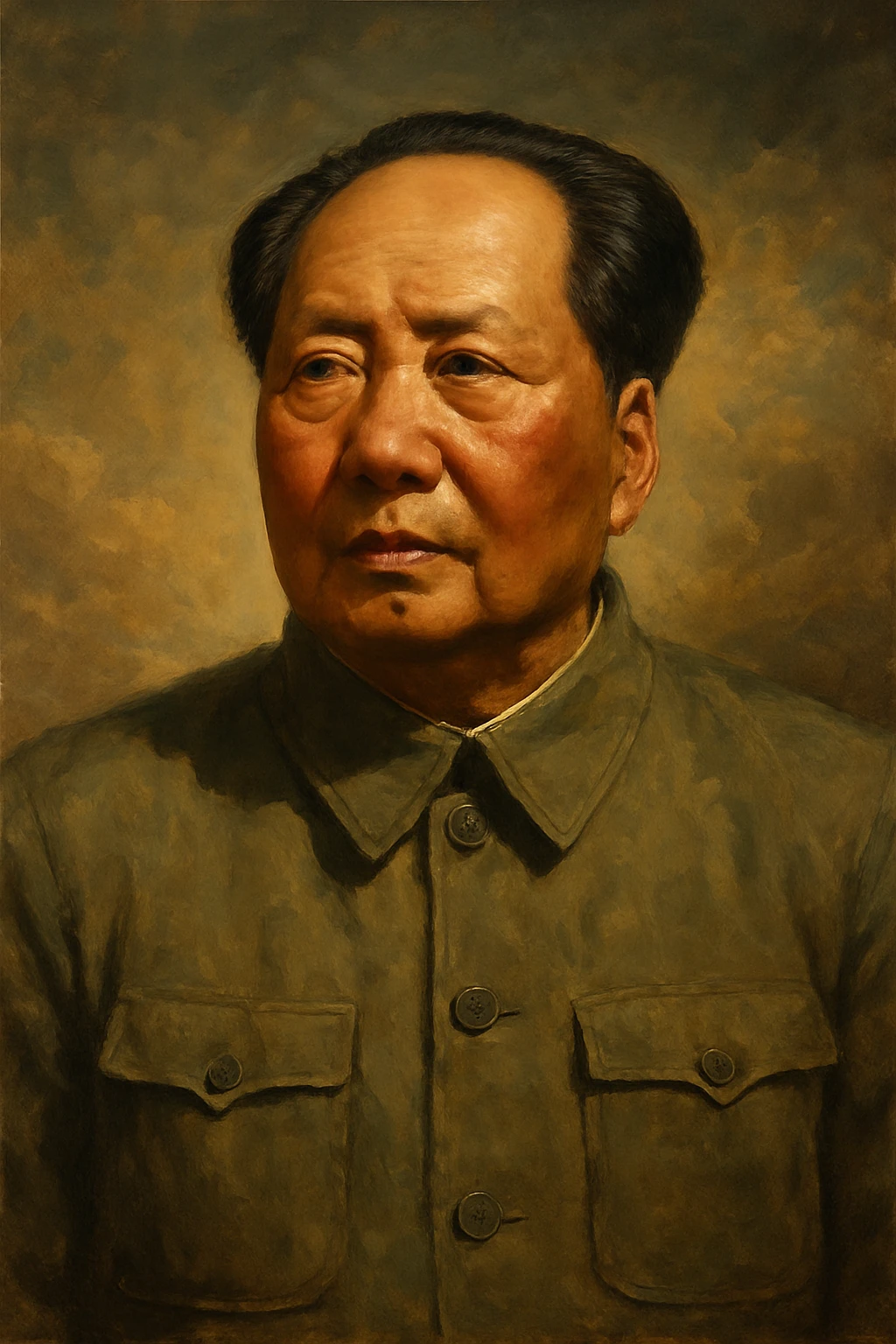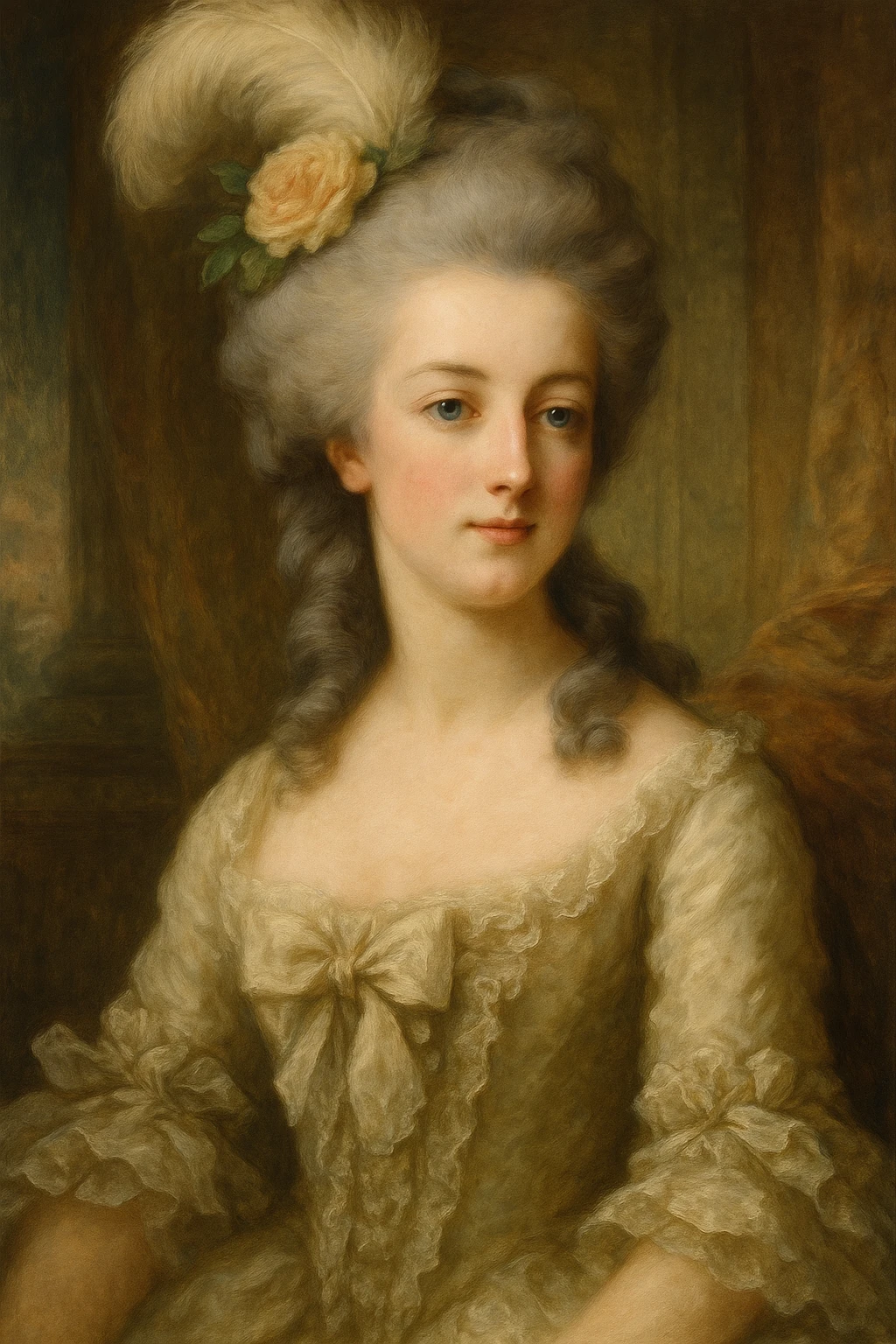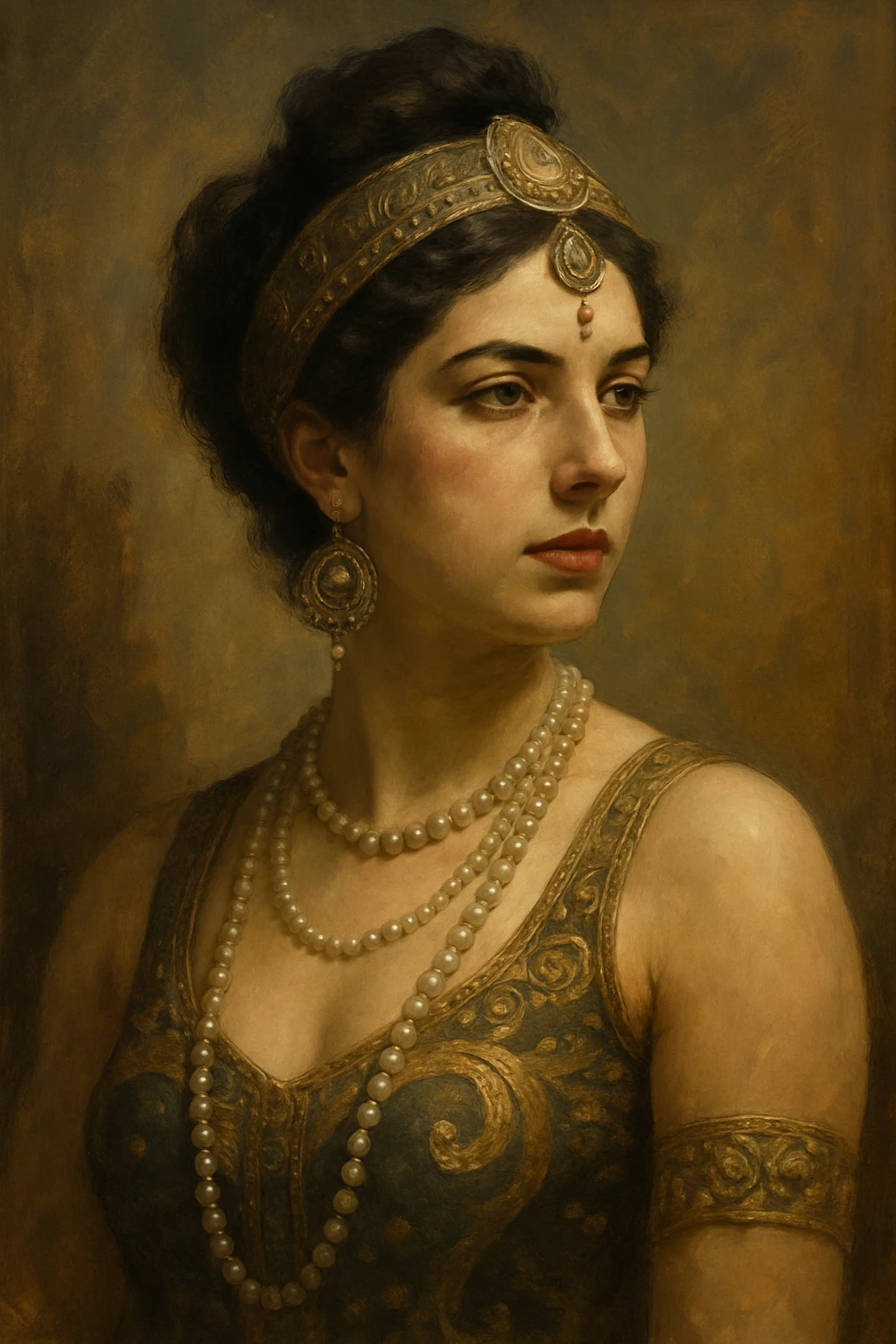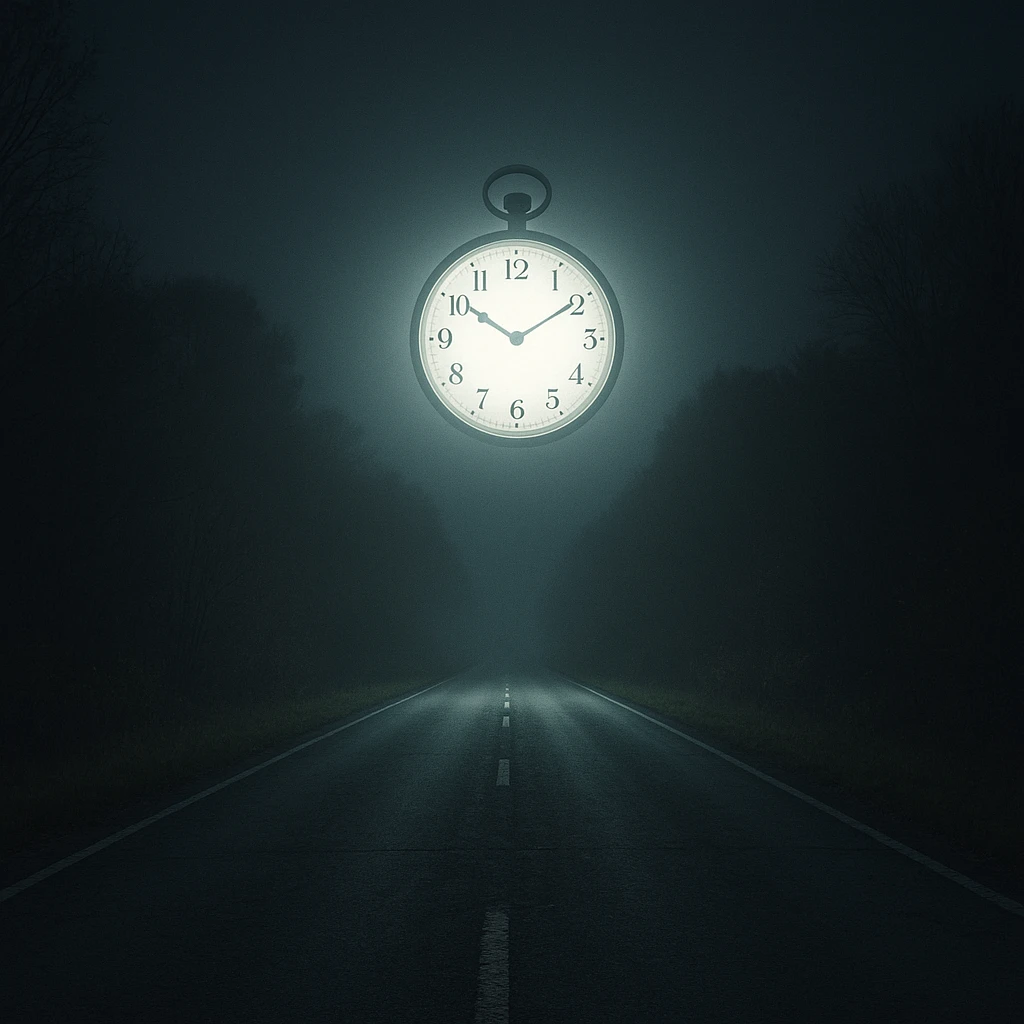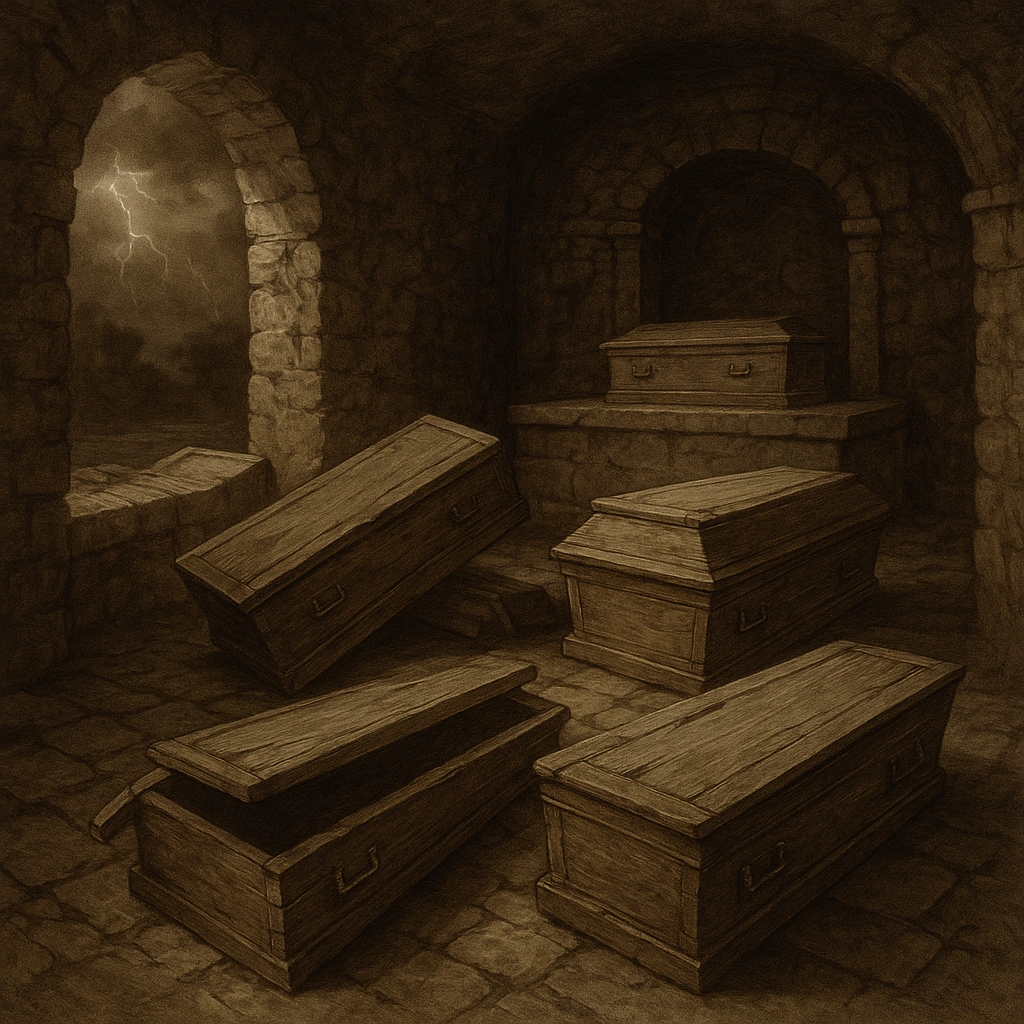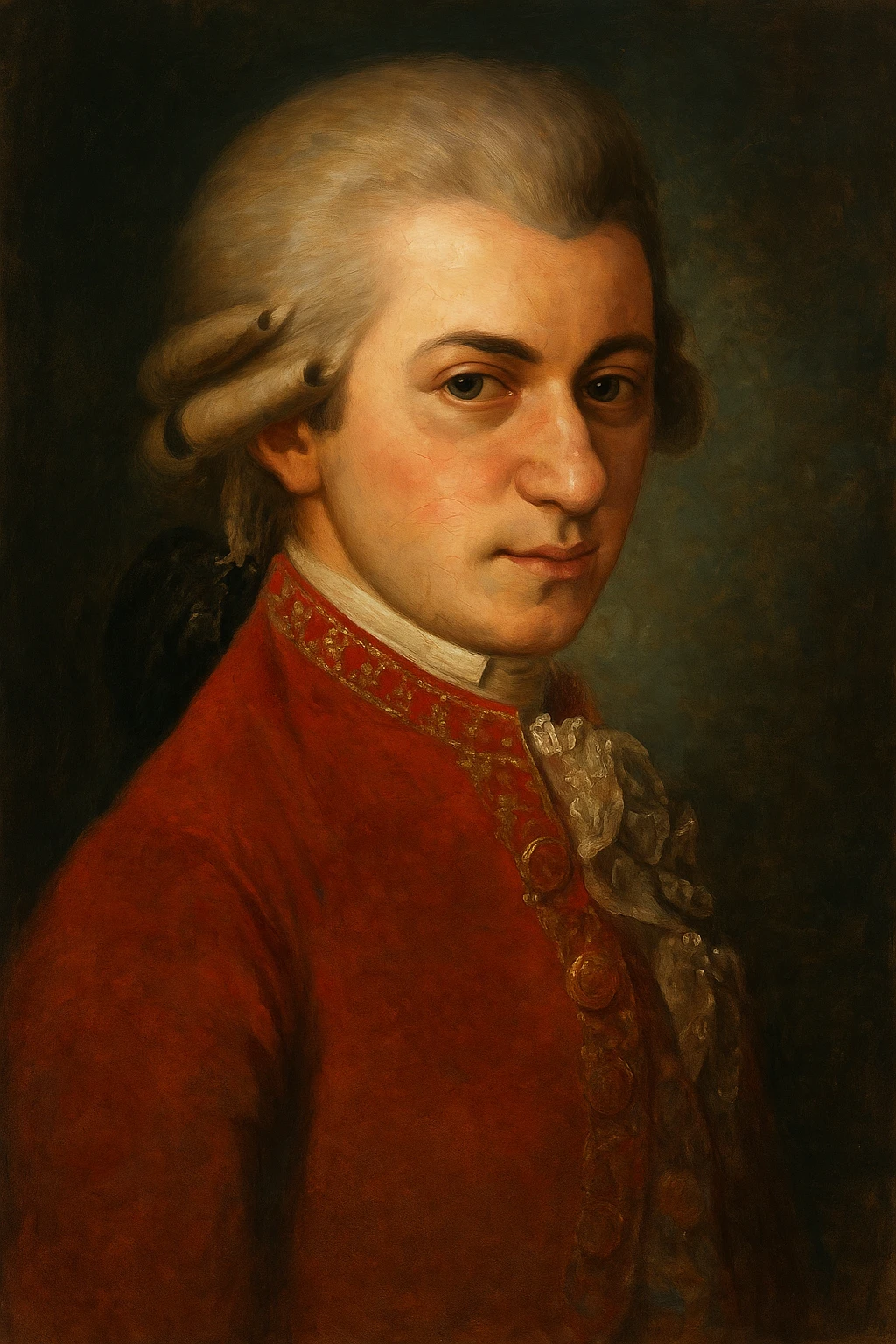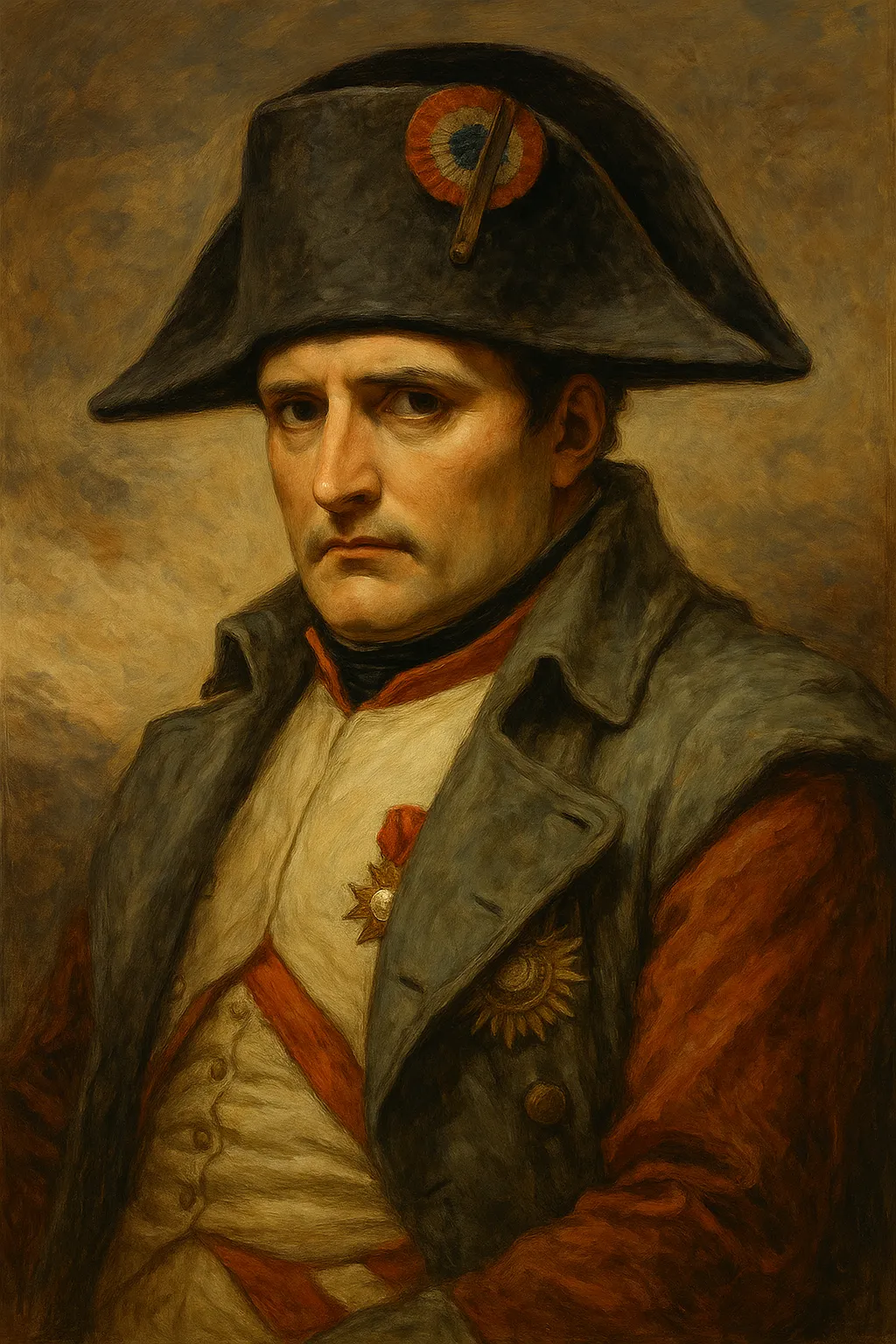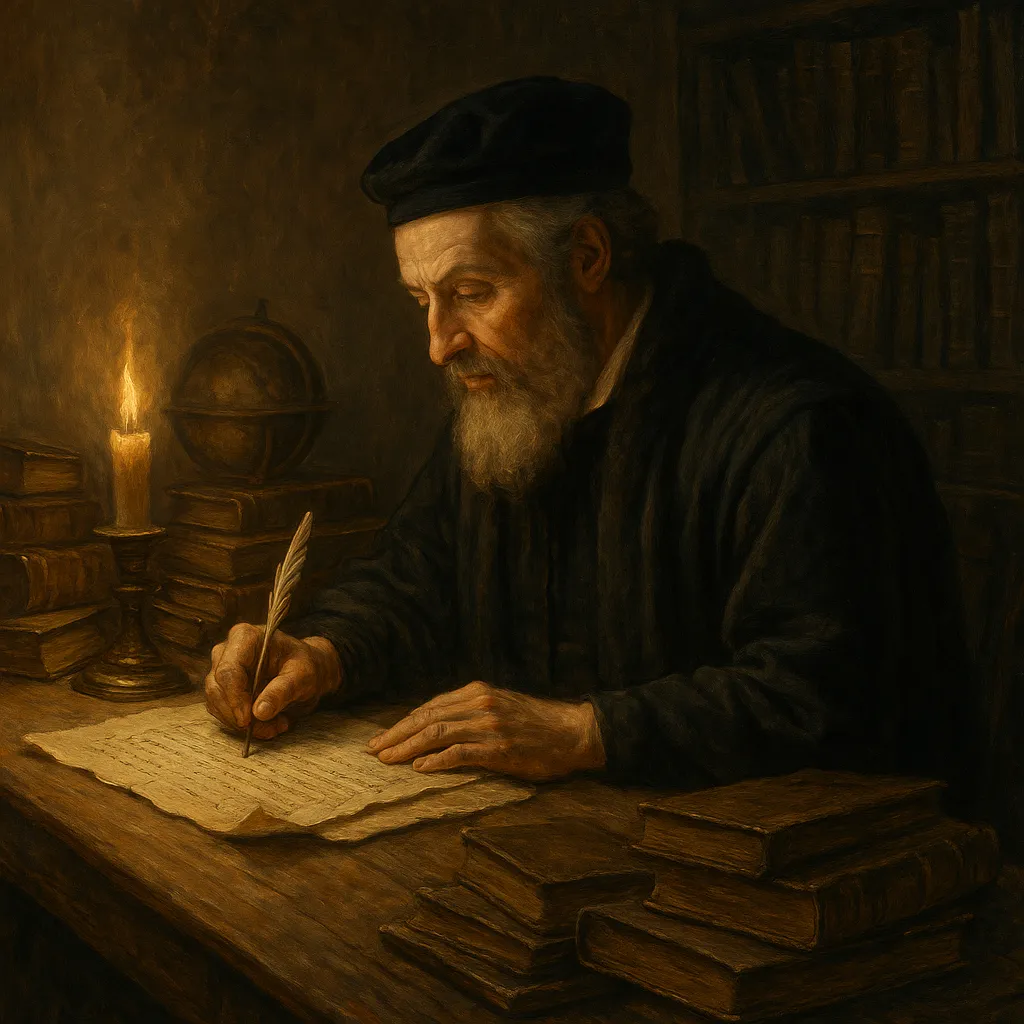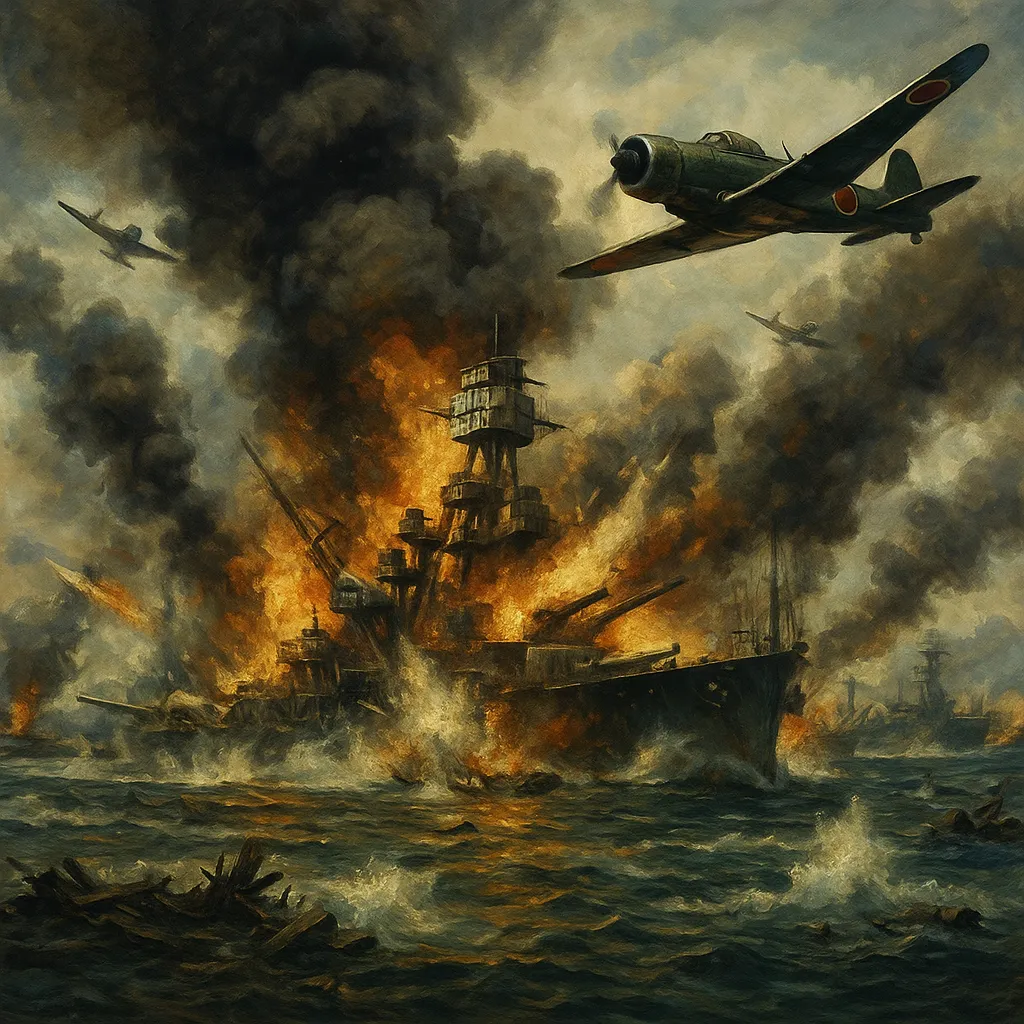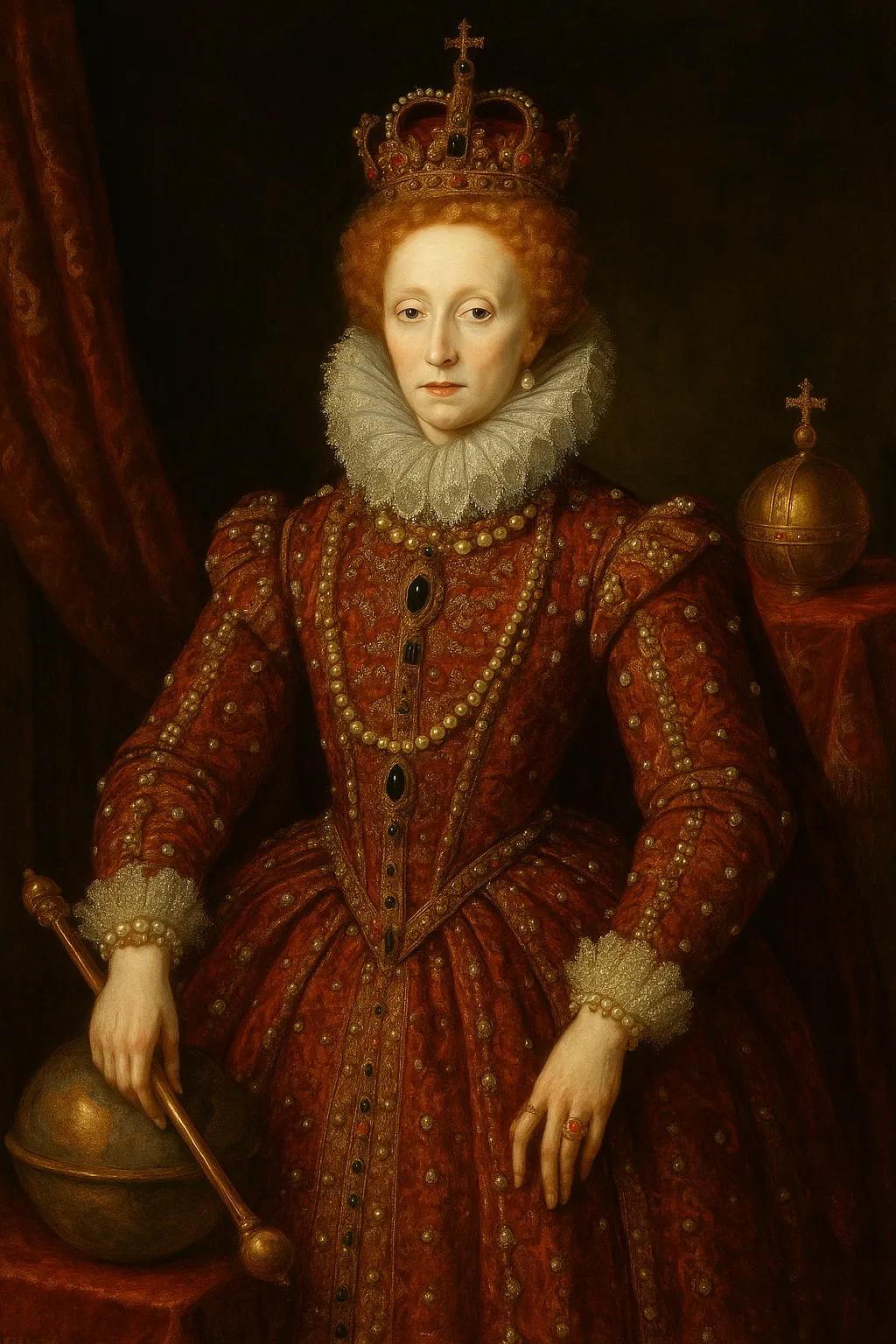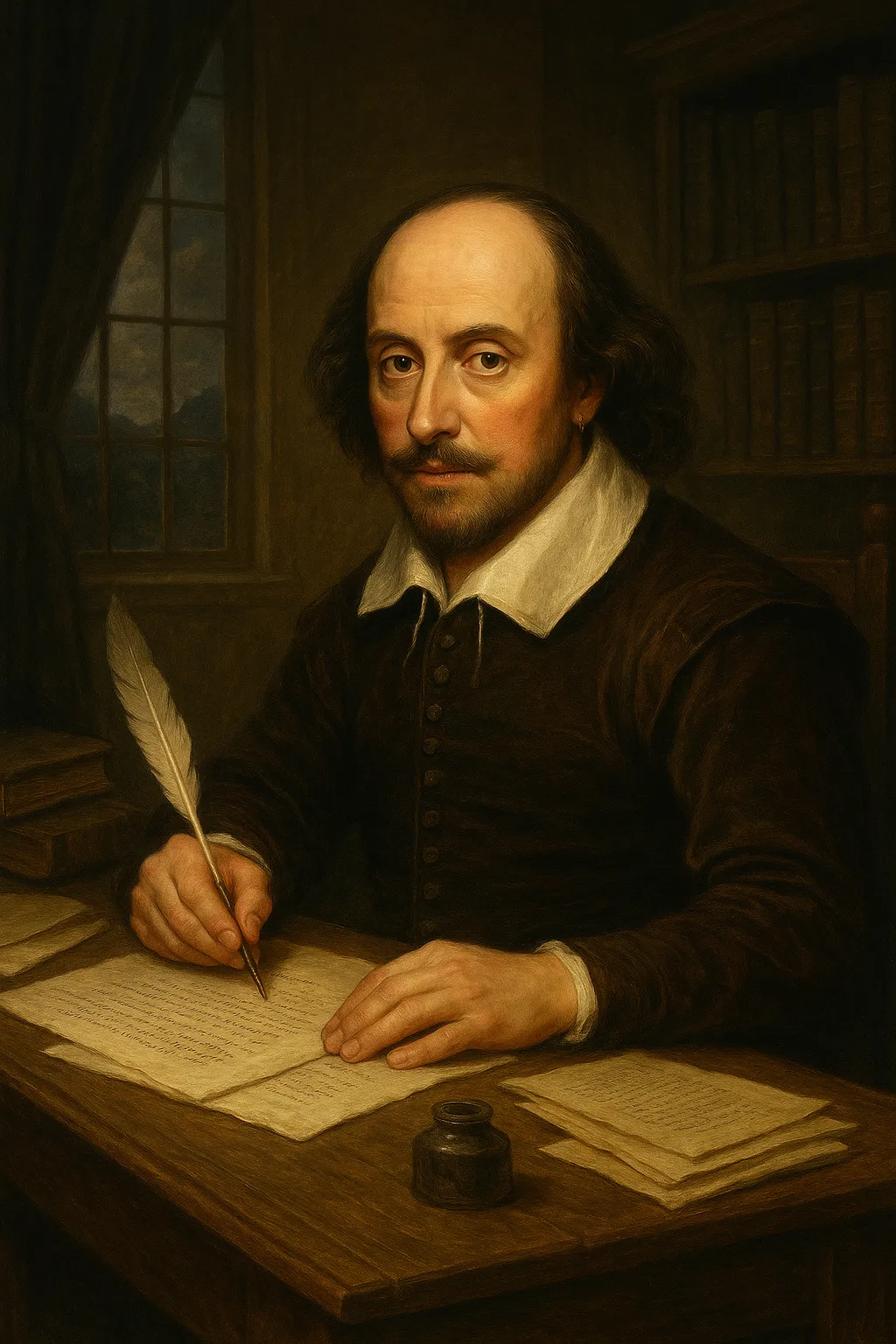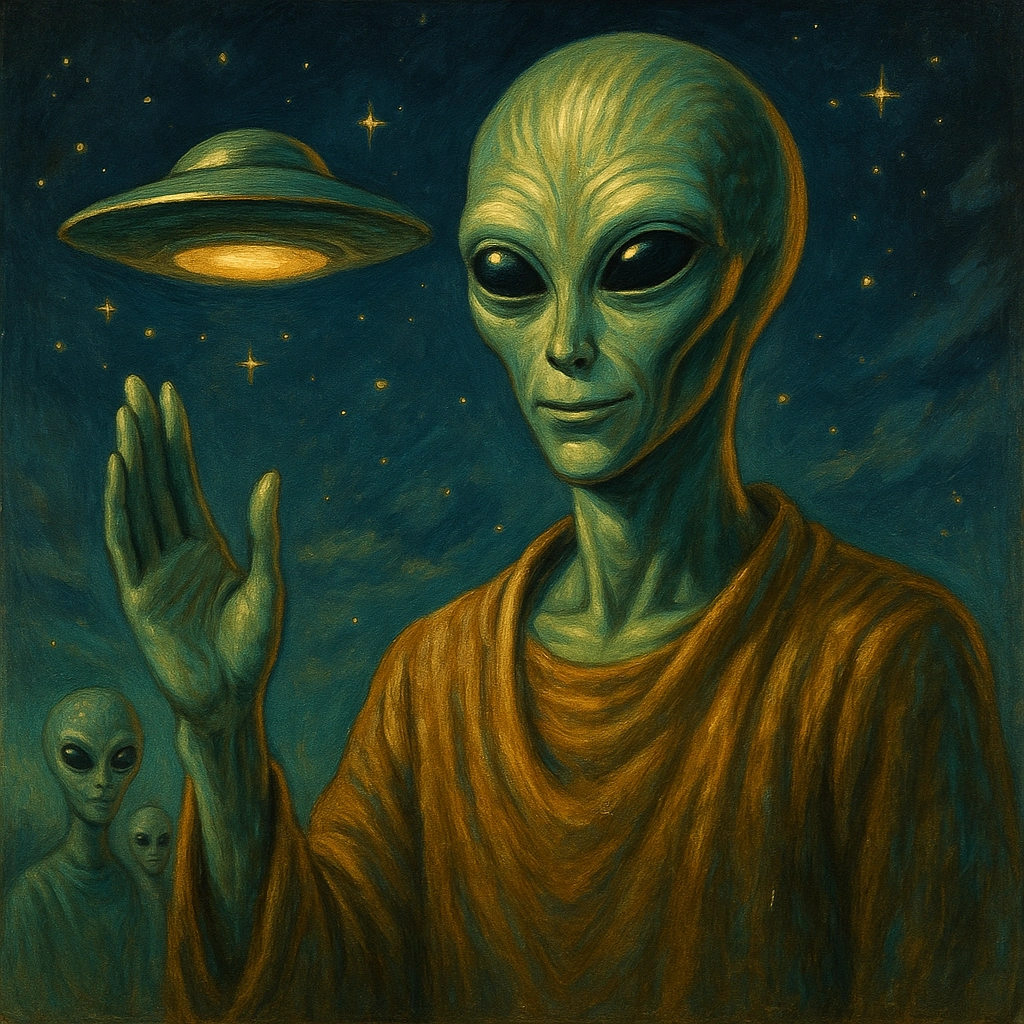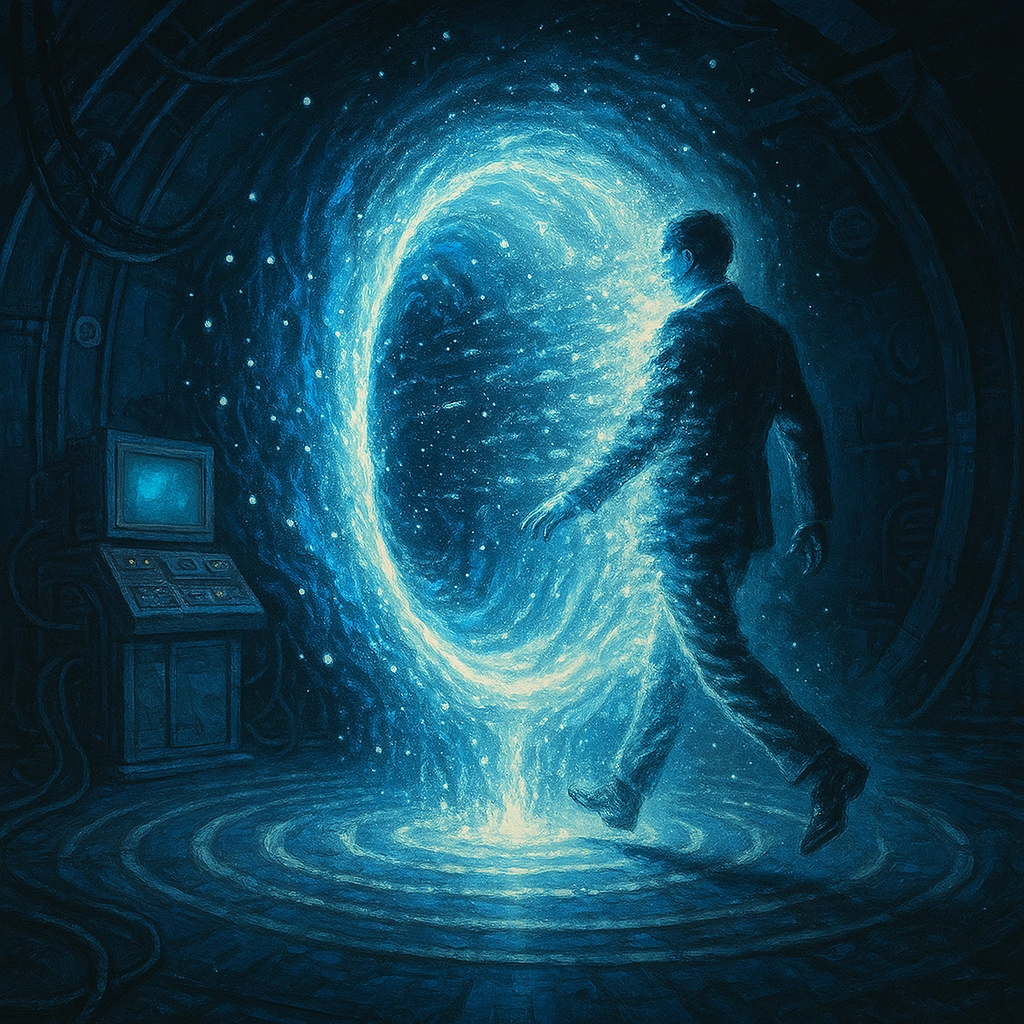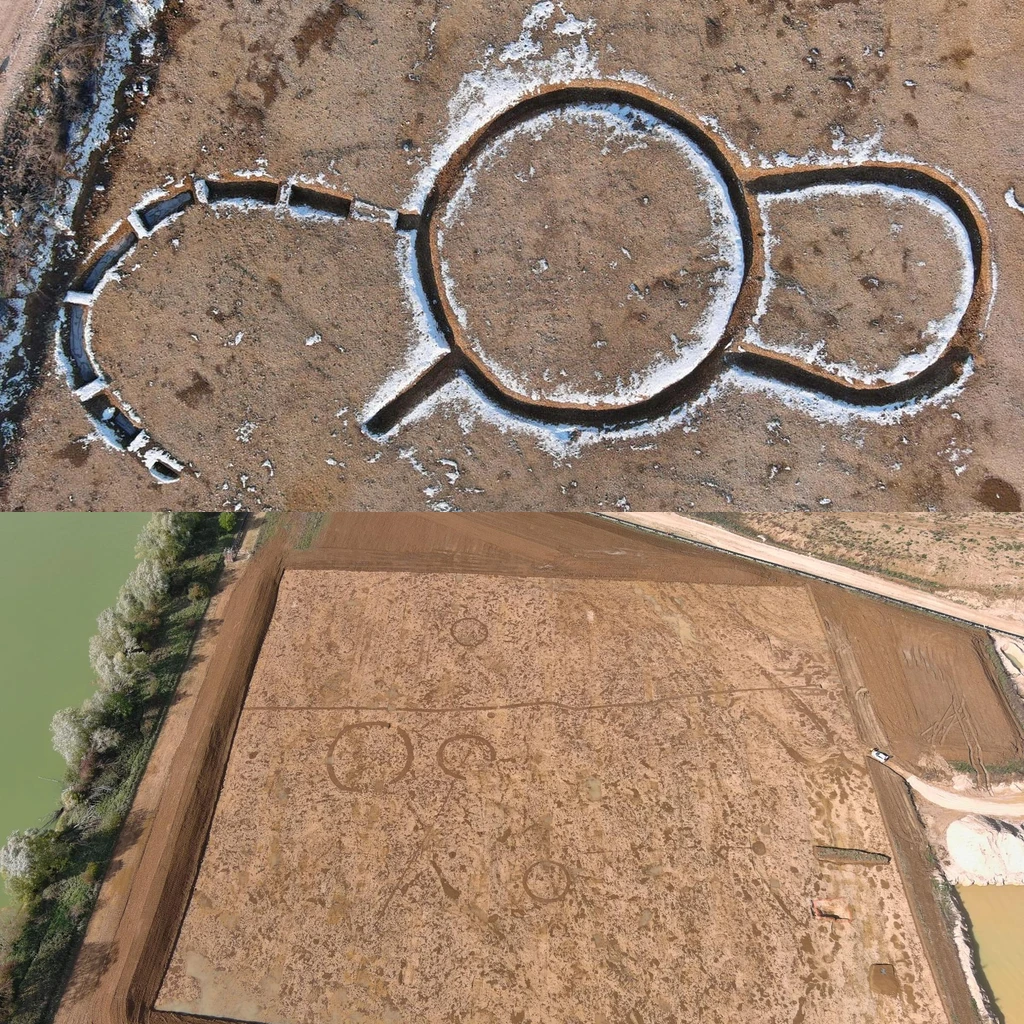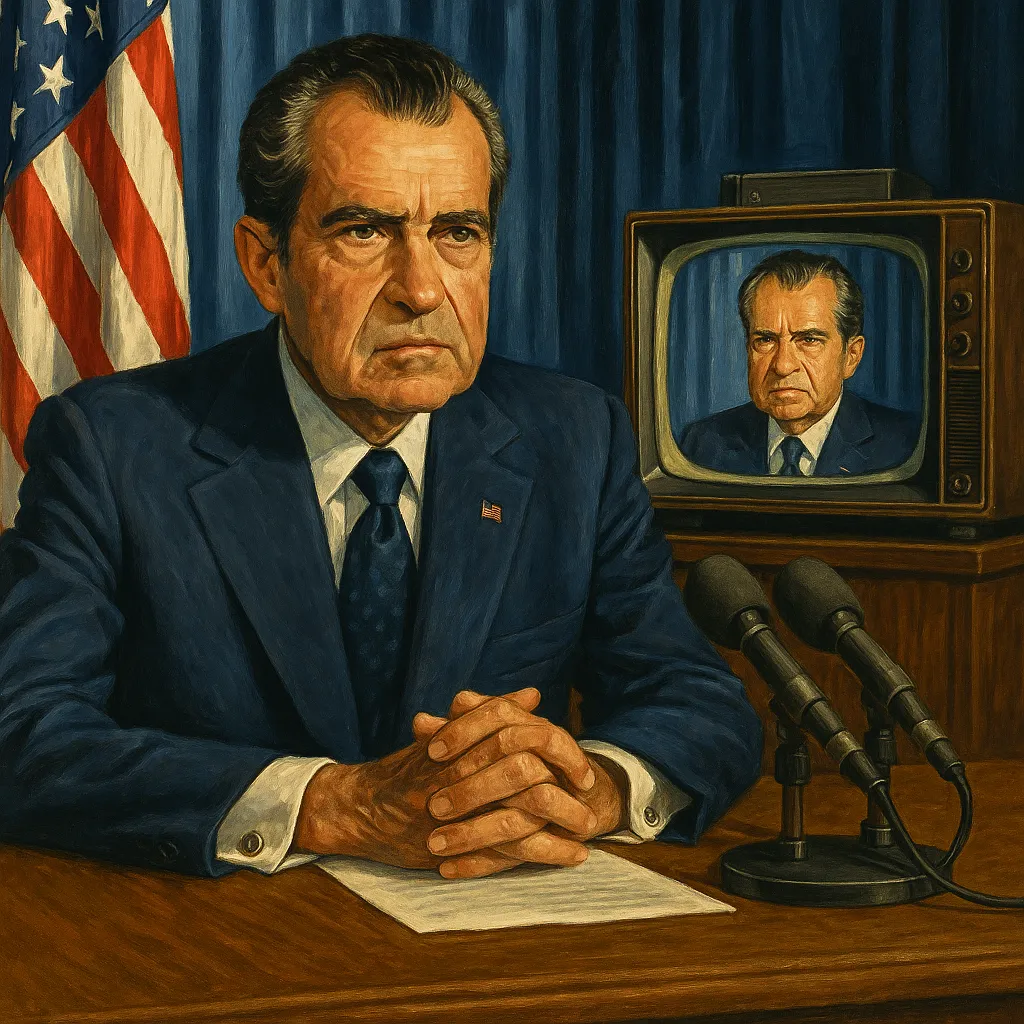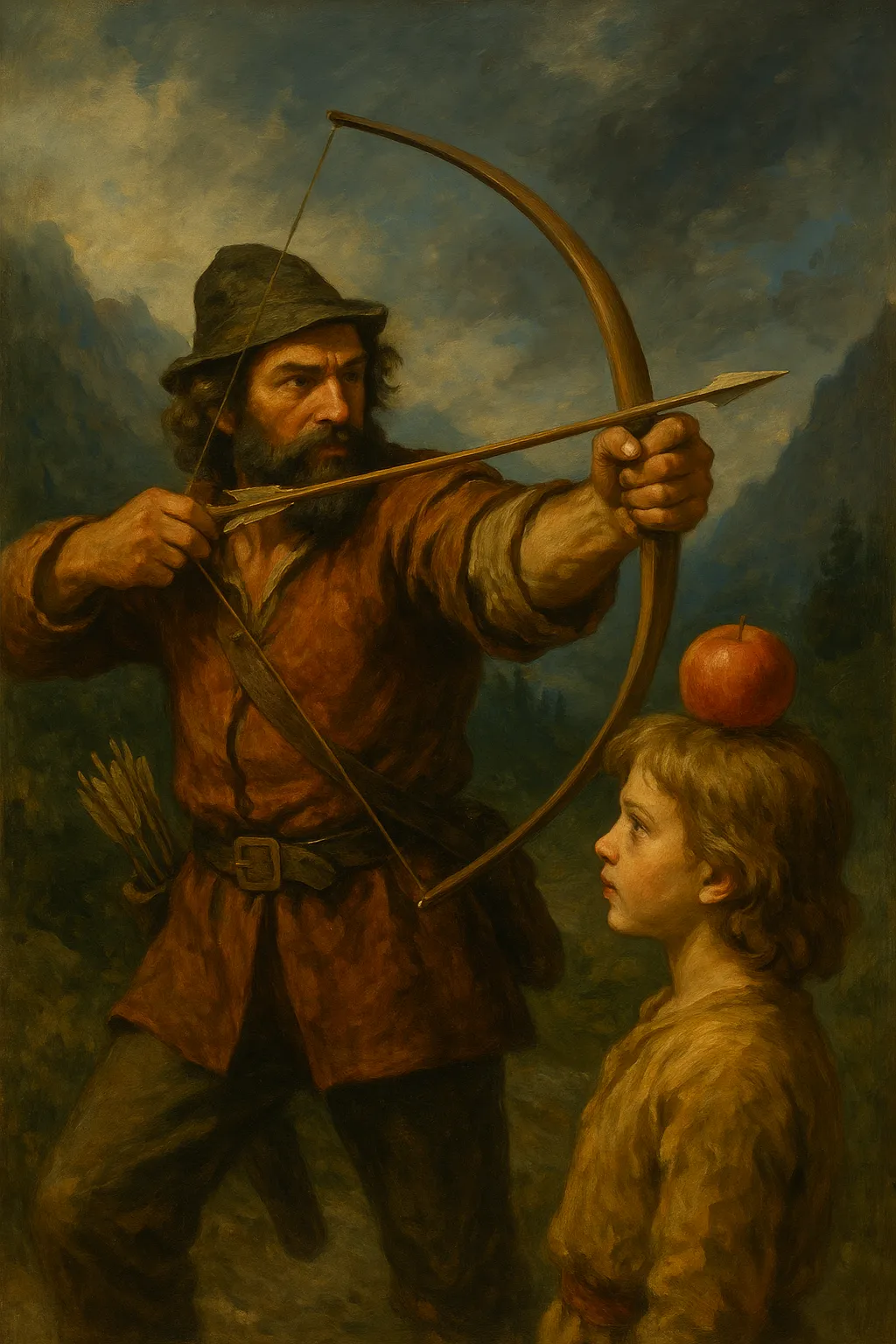Princess Diana
Tragedy, Legacy, and the Questions That Remain
The People's Princess whose life and death still spark debate
Early Life and Rise to Global Fame

Diana Spencer grew up in an aristocratic family and entered the public eye when she became engaged to Prince Charles in 1981. The wedding, broadcast to hundreds of millions worldwide, set the tone for a life lived under intense media scrutiny.
Her warmth and ease with the public contrasted sharply with royal formality, earning her the title of "the People's Princess." Even in her early years as a royal, Diana broke convention by showing emotional openness and connecting personally with crowds. Charitable work and her empathetic style quickly made her one of the most recognizable figures of the 20th century.
A Fairy Tale Under Pressure
The marriage that looked perfect on television was strained behind the scenes. Conflicting expectations, infidelity, and the pressures of royal protocol took a toll. Diana later spoke openly about isolation and mental health struggles, reshaping how the public viewed the monarchy and the cost of fame.
Humanitarian Work and Soft Power
Diana used her platform to spotlight issues many avoided, including HIV stigma, landmine victims, and homelessness. Her hands-on approach and direct empathy broadened the idea of what royal service could be, building a kind of soft power independent of the palace itself.
The Paris Crash
On August 31, 1997, Diana died following a late-night car crash in Paris that also killed Dodi Fayed and driver Henri Paul. Official findings cited excessive speed and impairment, with paparazzi pursuit contributing to the chaos. The outpouring of grief was immediate and global, while questions about security and response times lingered.
Official Findings vs. Public Doubts
Multiple inquiries concluded the crash was a tragic accident linked to speed, driver condition, and pursuit. Critics point to gaps and inconsistencies: the speed of medical response, route changes, and the relentless chase in the minutes before impact. Supporters of the official view argue these doubts reflect the shock of the moment more than hidden causes.
Why Conspiracy Theories Persist
Conspiracies surrounding Diana's death continue because her life was already marked by tension between tradition and rebellion. She was more than a royal figure-she was a global icon, independent, outspoken, and unafraid to challenge expectations. For supporters, it felt unthinkable that her story could end in something as ordinary as a car accident.
Some theories focus on alleged lapses in emergency response: the unusually long time it took to move her to a hospital, or the security decisions made that night. Others suggest more sinister motives, pointing to her strained relationship with the monarchy and her outspoken humanitarian causes that sometimes clashed with political interests. No evidence has ever proven these claims, but their persistence reflects both mistrust of institutions and the human desire to find patterns in tragedy.
At the heart of it, Diana's death resonates like a modern myth. A young, beloved princess lost at her peak becomes fertile ground for legend, and legends rarely fade. The enduring speculation says less about what happened in Paris, and more about how collective memory transforms events into timeless mysteries.
Legacy and the Shape of Memory
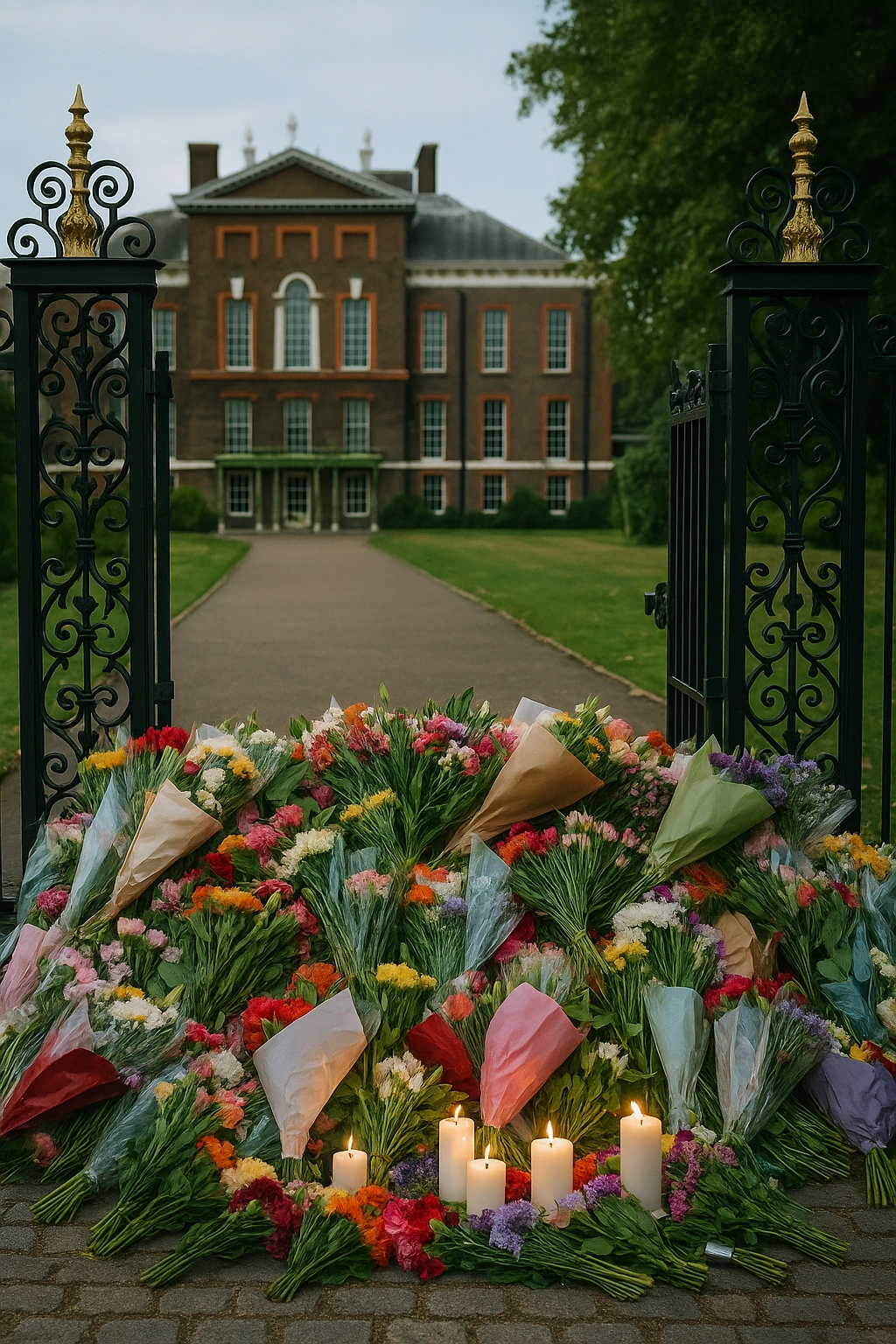
Diana's legacy blends verifiable impact with unresolved questions. She redefined how the royal family relates to the public, softening centuries of formality with authenticity and empathy. Her humanitarian efforts-ranging from AIDS awareness to the campaign against landmines-set a precedent for public figures using their platform as a force for change.
Yet Diana's memory is shaped as much by the mystery surrounding her death as by her life's work. Candlelit vigils, memorials, and annual remembrances ensure she remains a living presence in cultural memory. Movies, documentaries, and countless books keep her story alive, transforming her into both an icon of compassion and a symbol of unresolved questions.
In this dual role-beloved humanitarian and enigmatic figure-Diana continues to shape the narrative of modern monarchy. Her absence remains palpable, a reminder of how individual lives can alter the course of institutions, culture, and collective imagination.
In the end, Diana remains both a person of history and a figure of legend. Her story straddles fact and myth, reminding us how quickly human lives can be reshaped into symbols. Whether seen as a modern saint, a victim of circumstance, or a mystery that refuses closure, she continues to haunt the cultural imagination - a light that flickered out too soon, yet refuses to fade.


